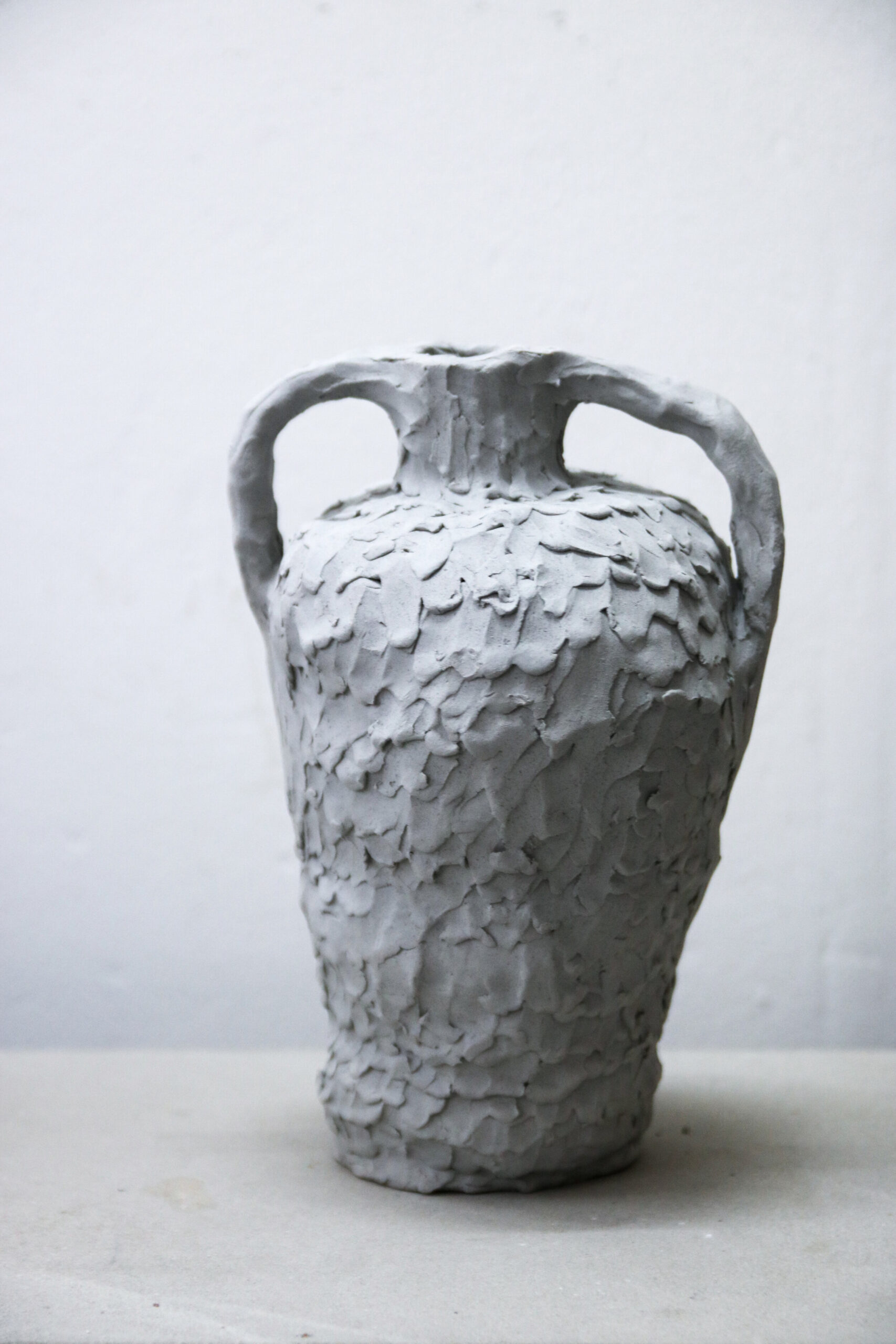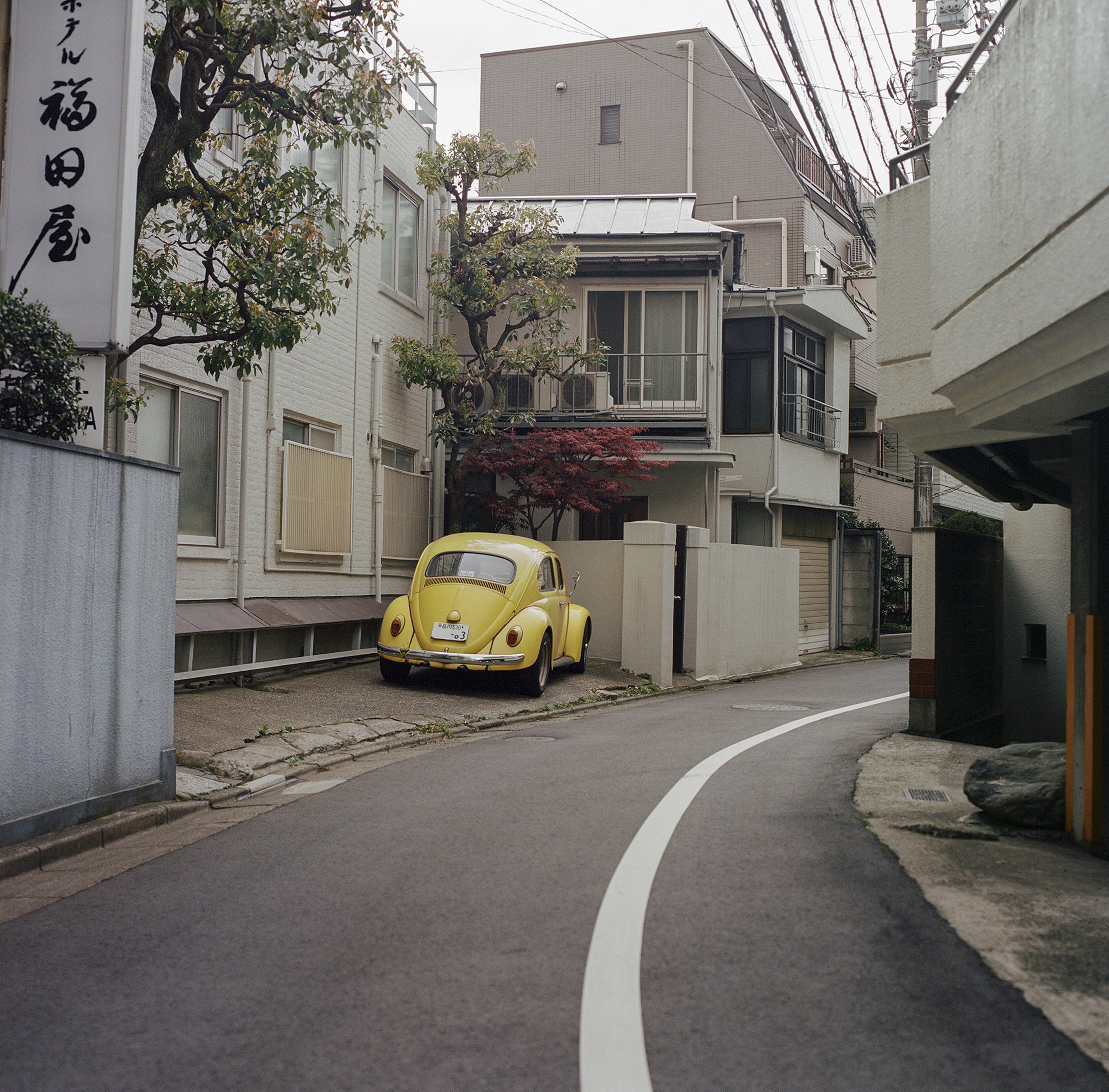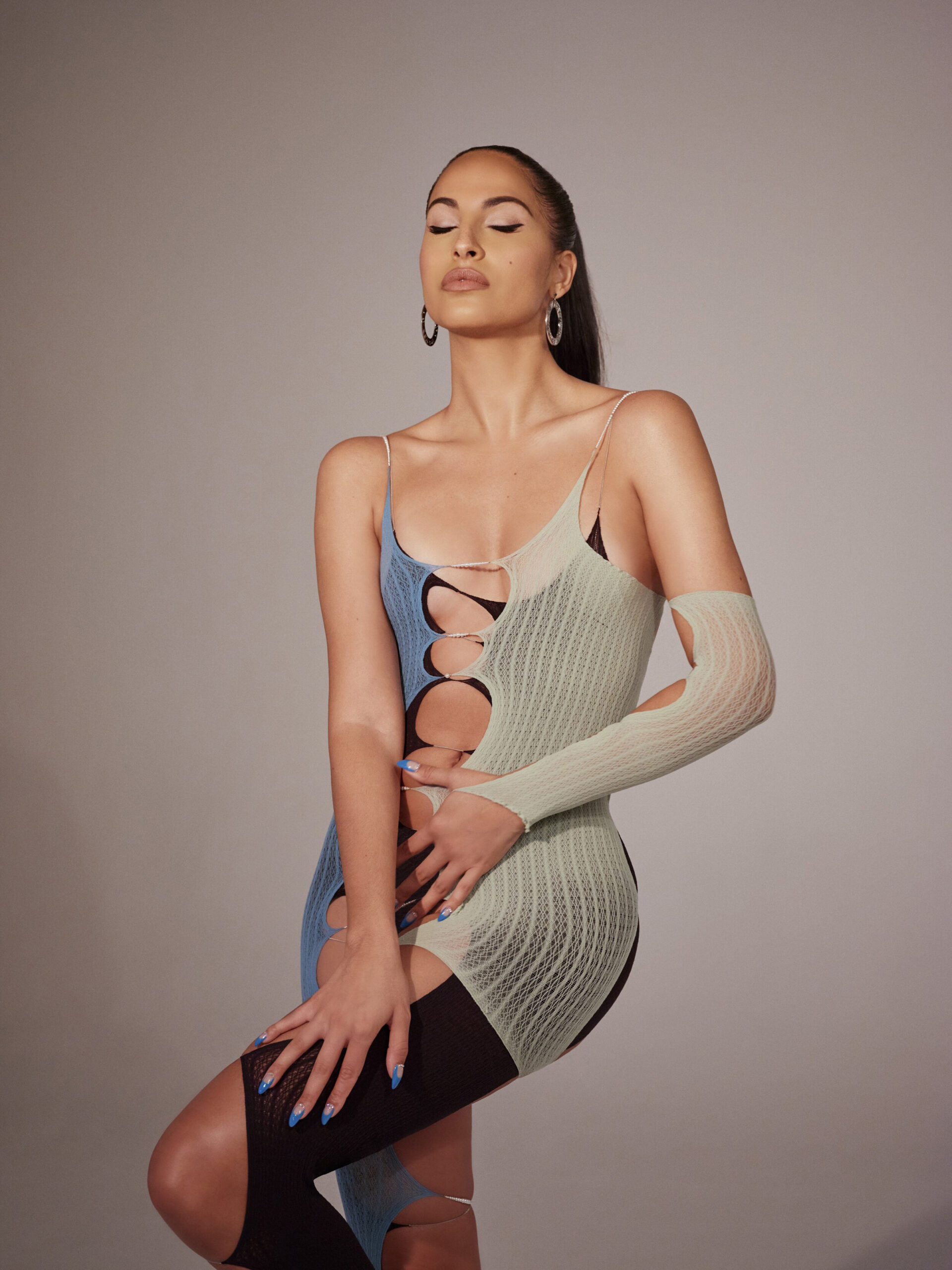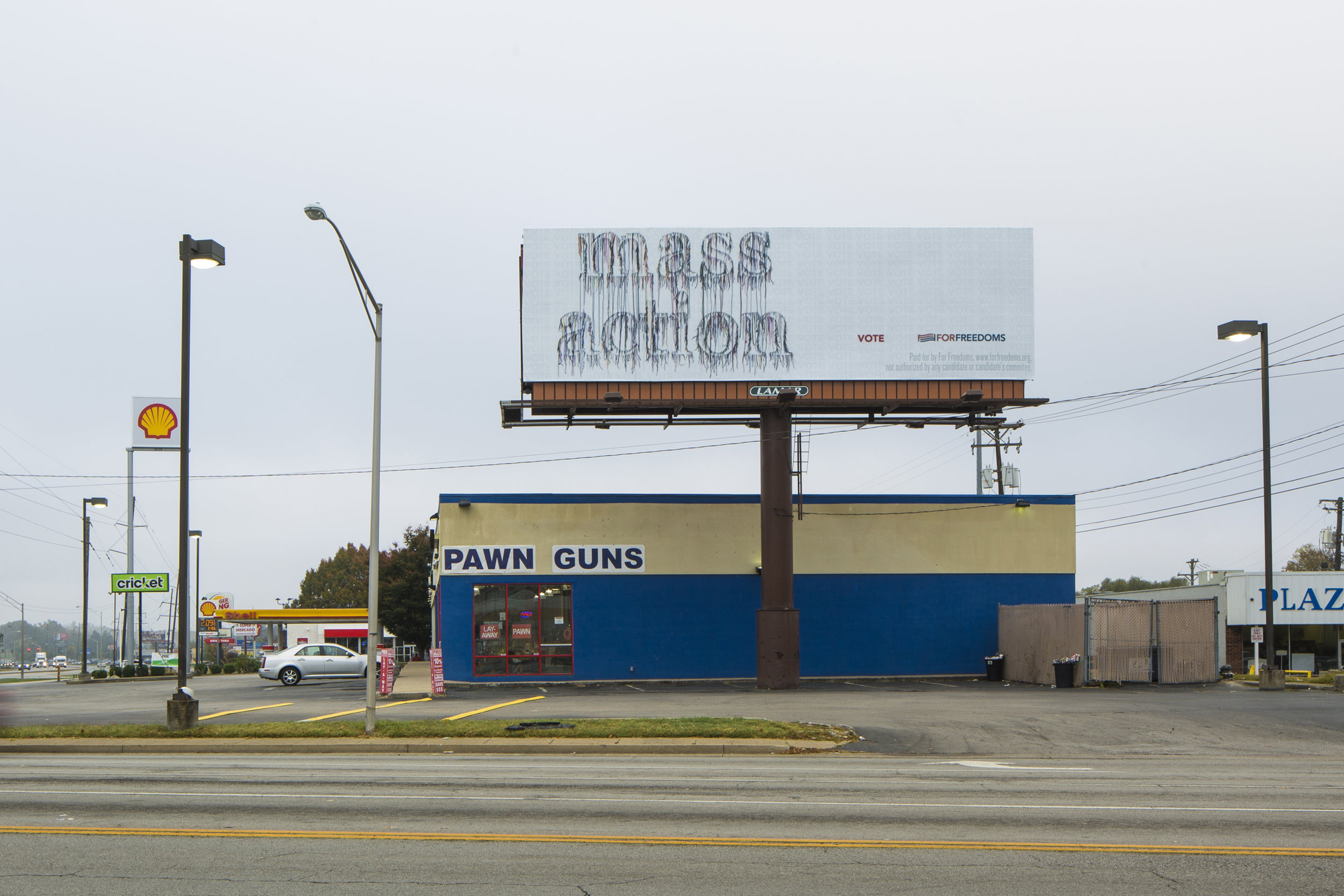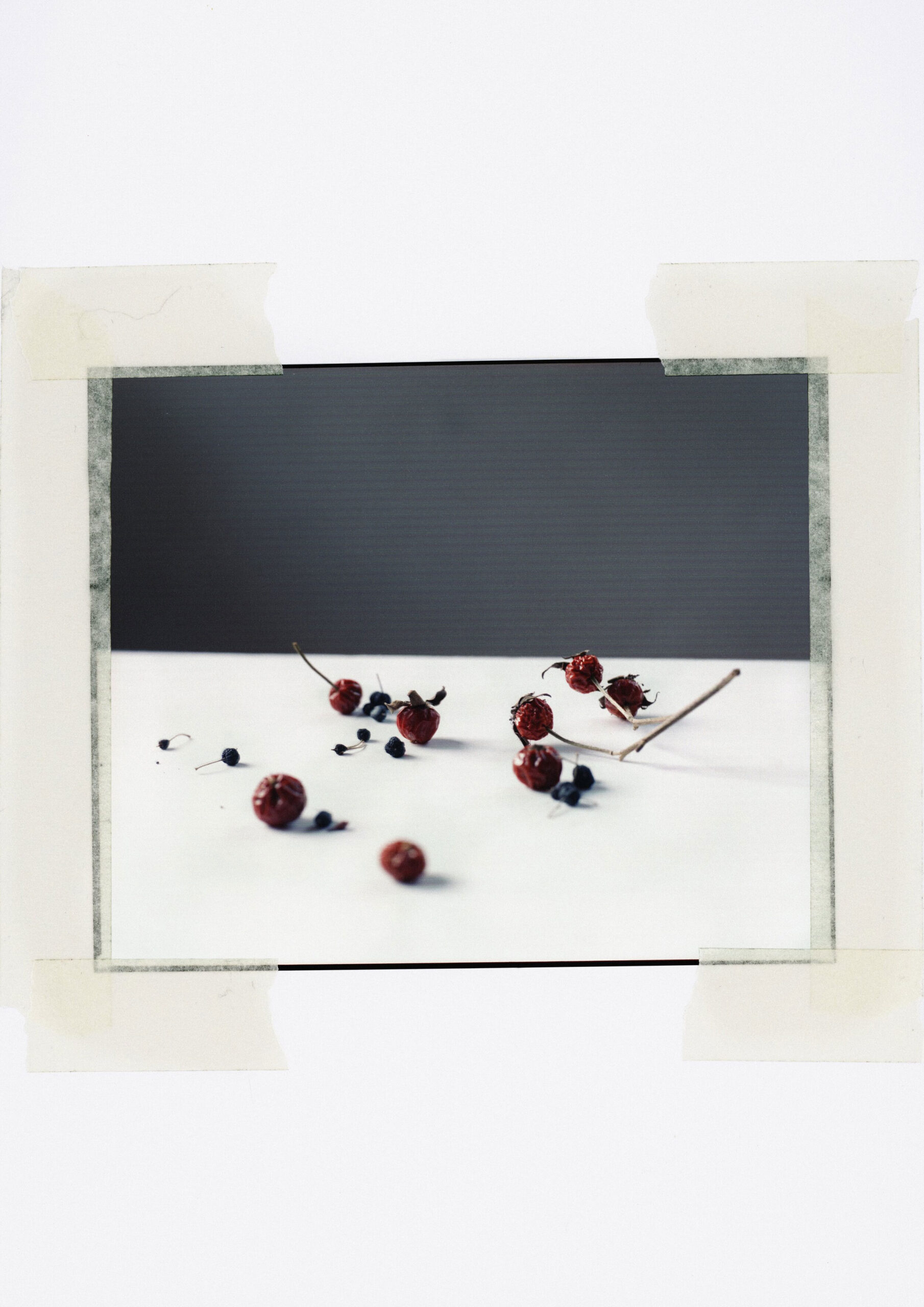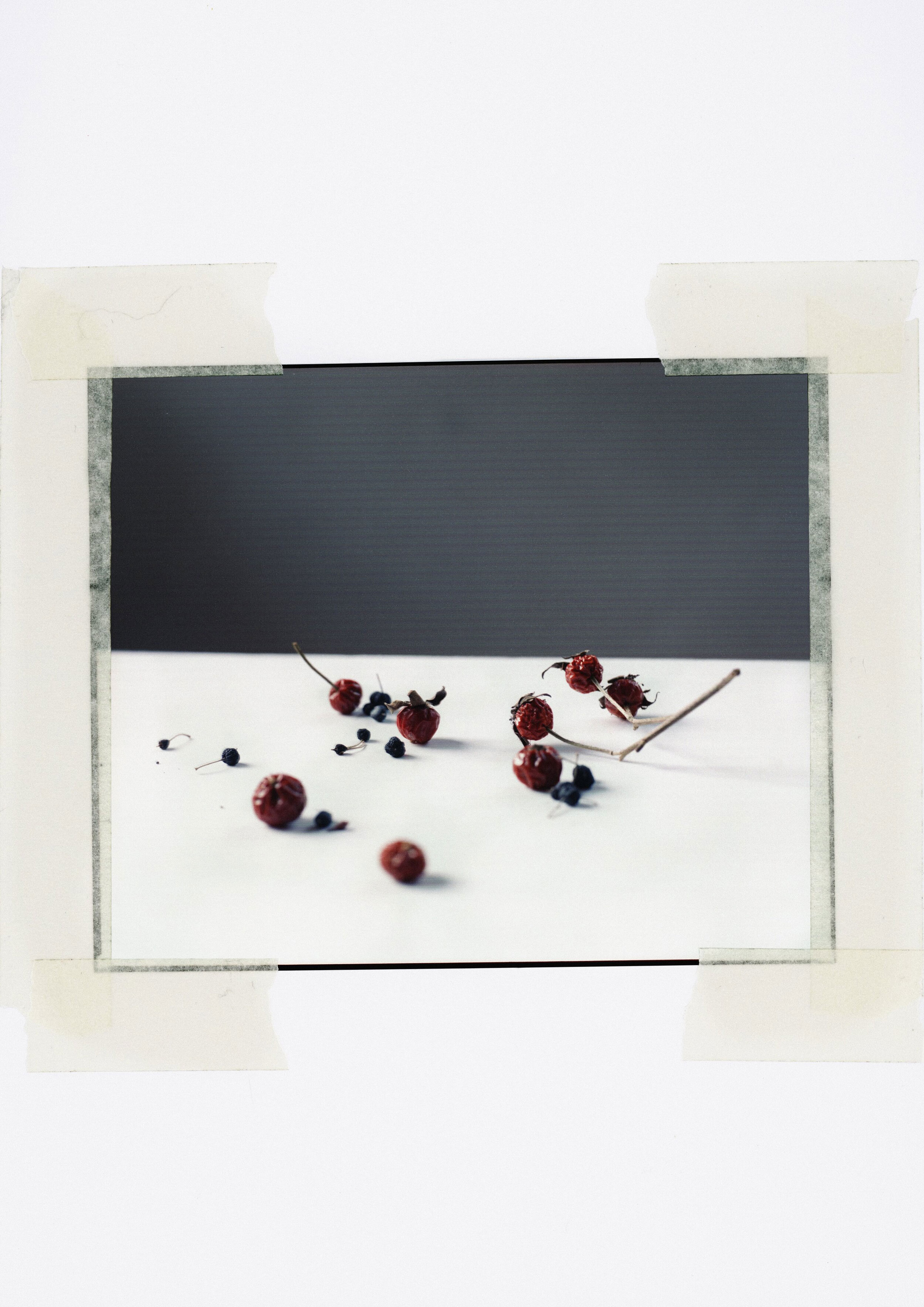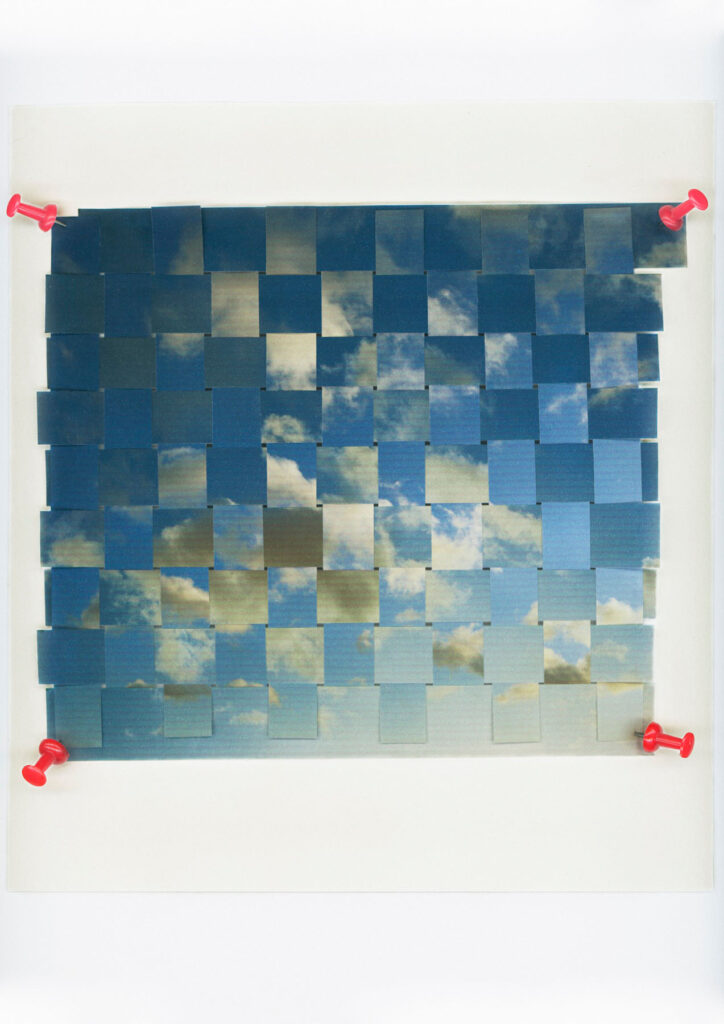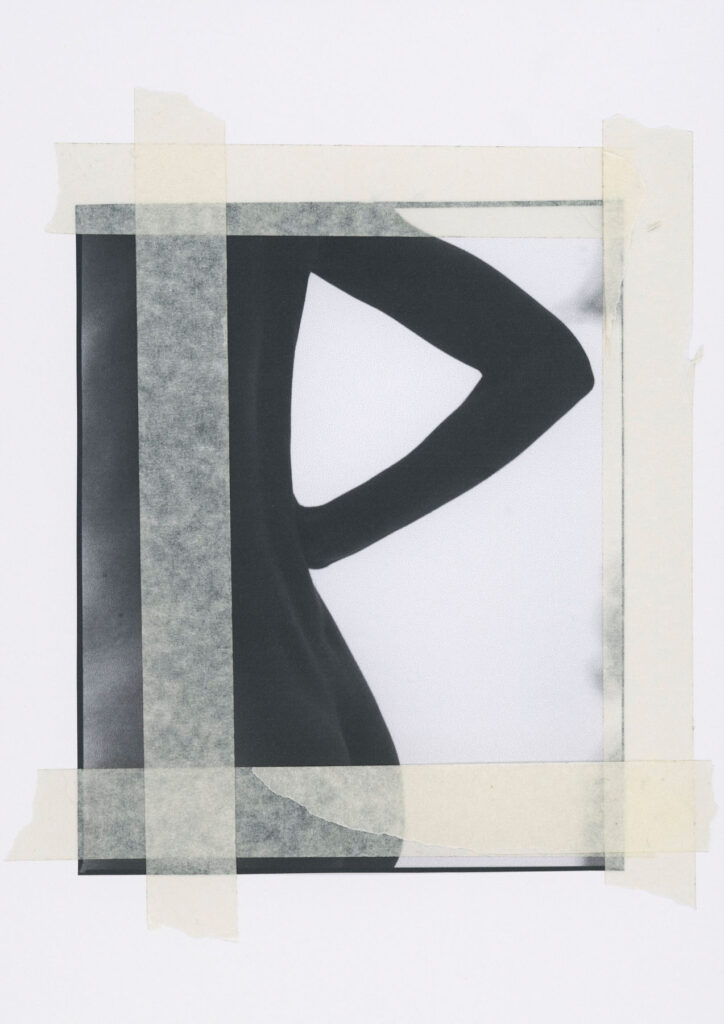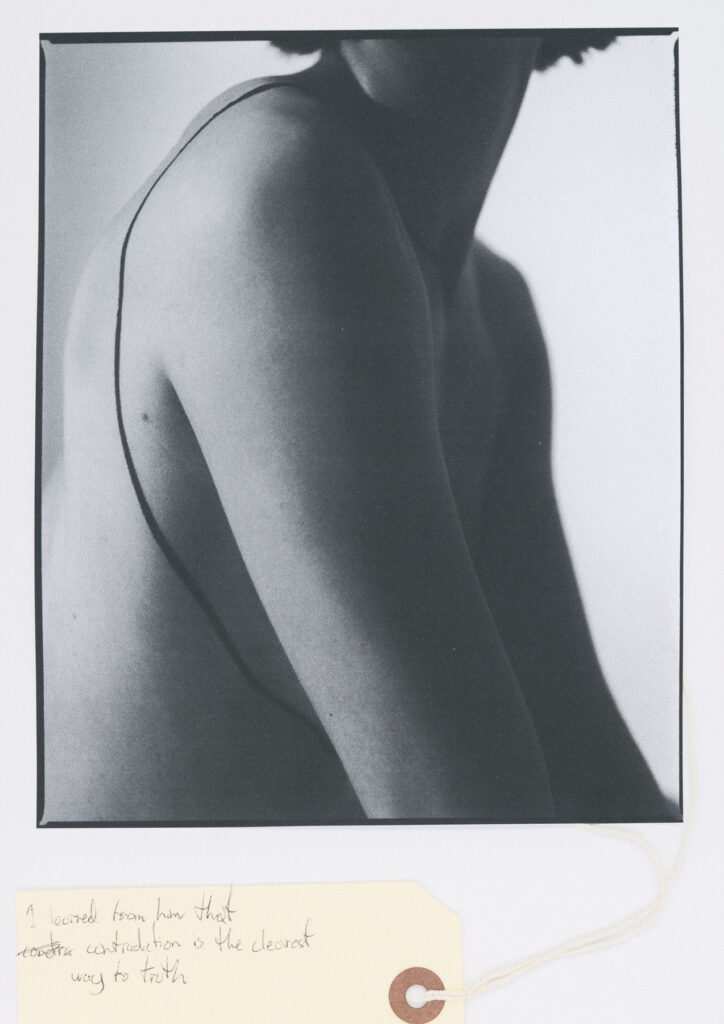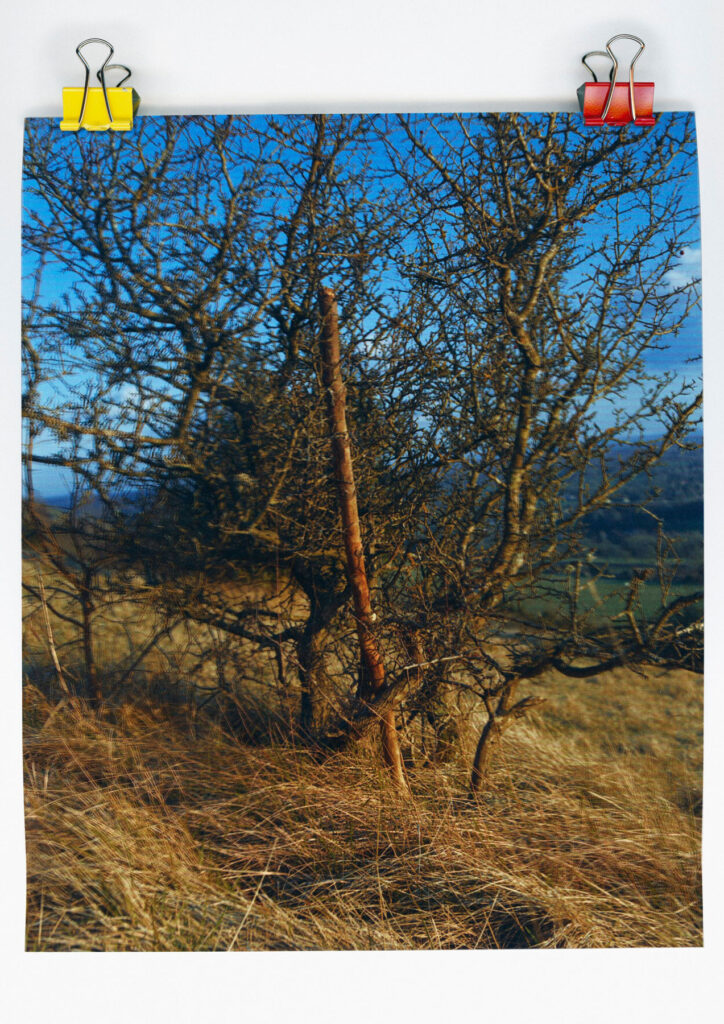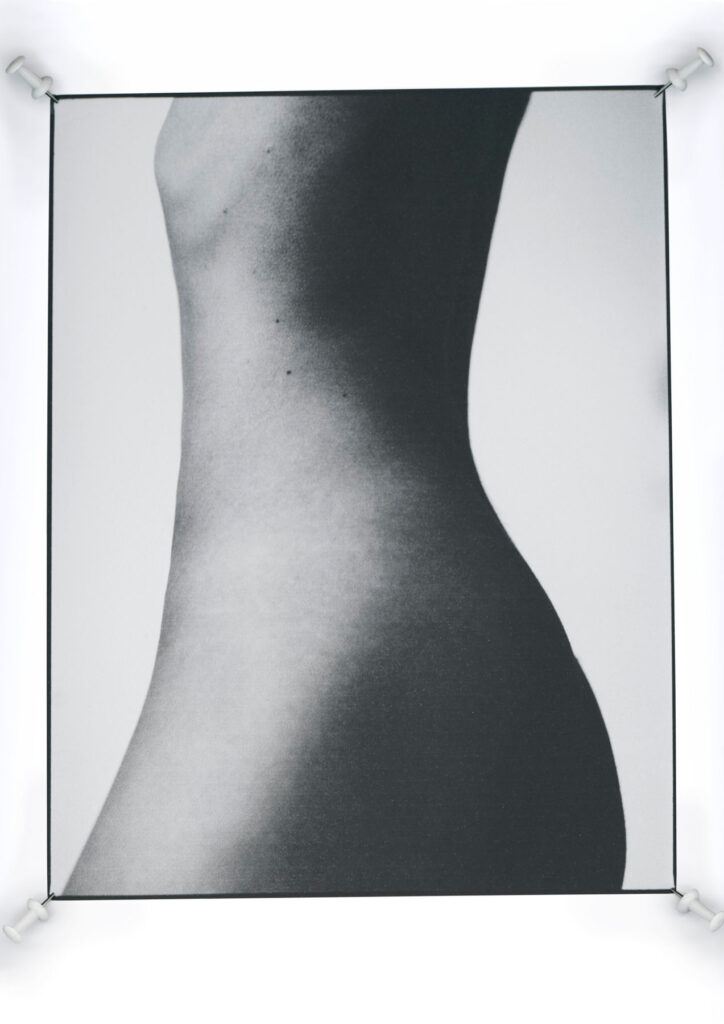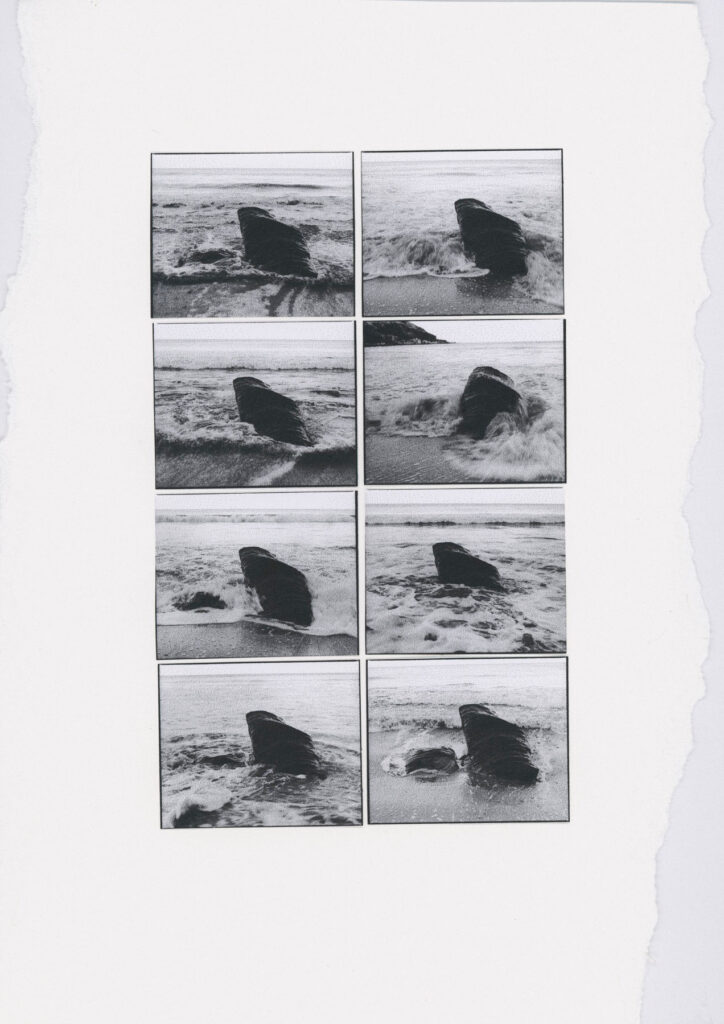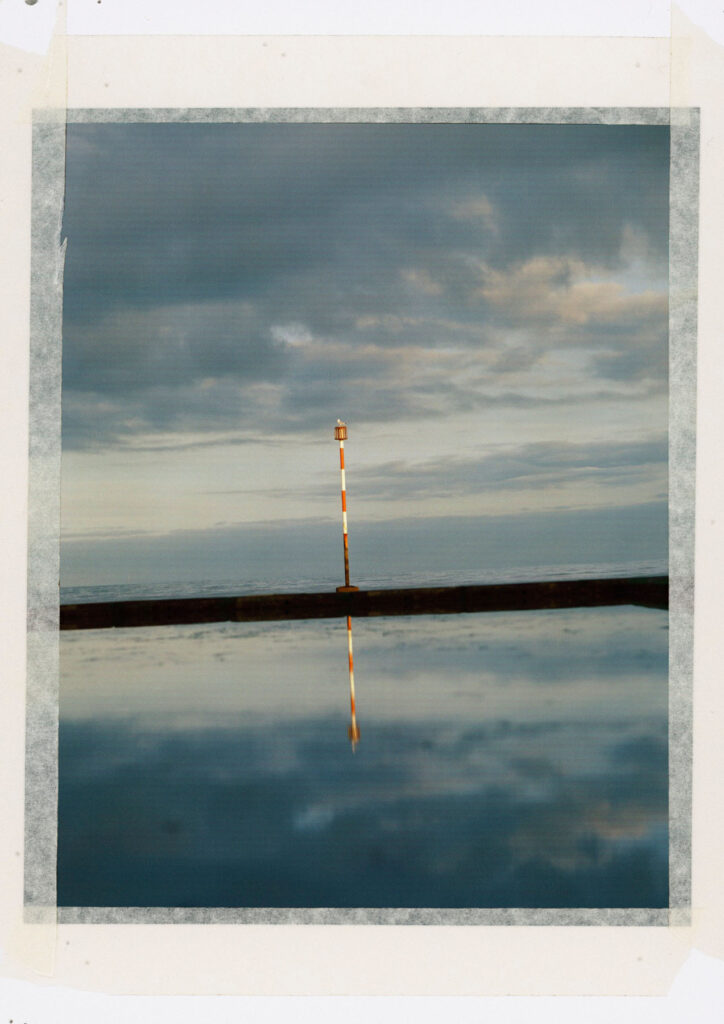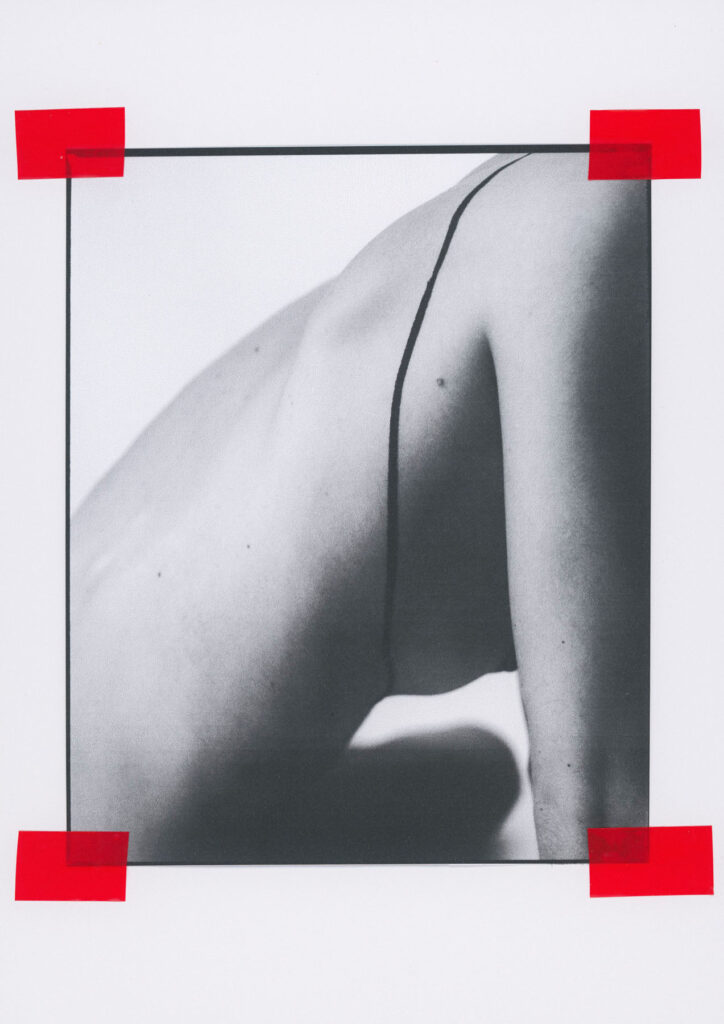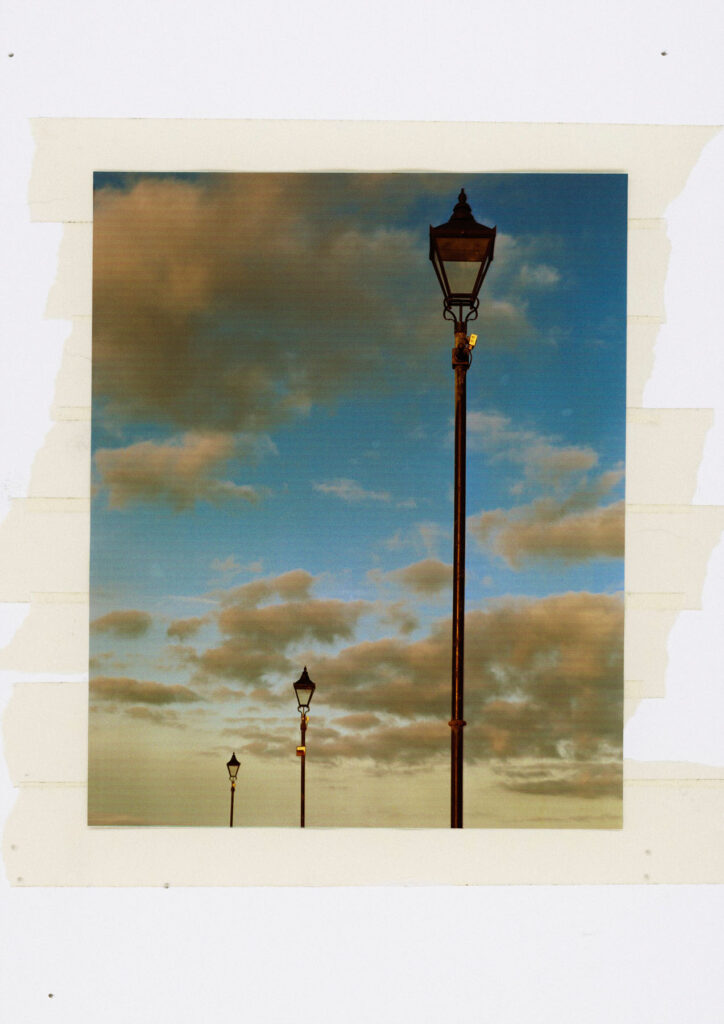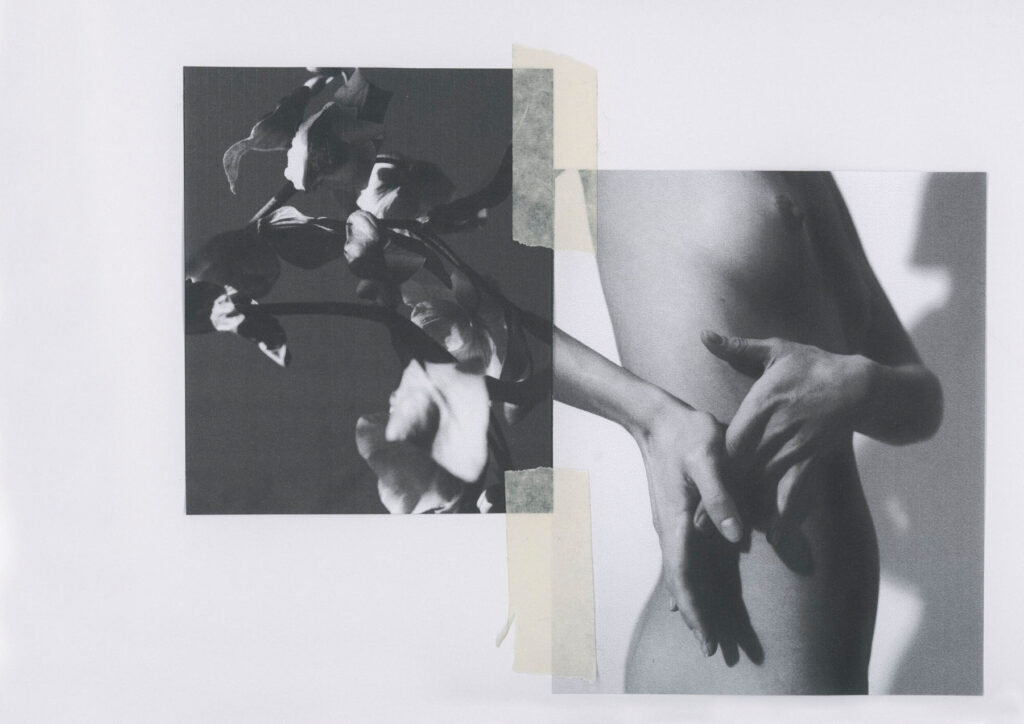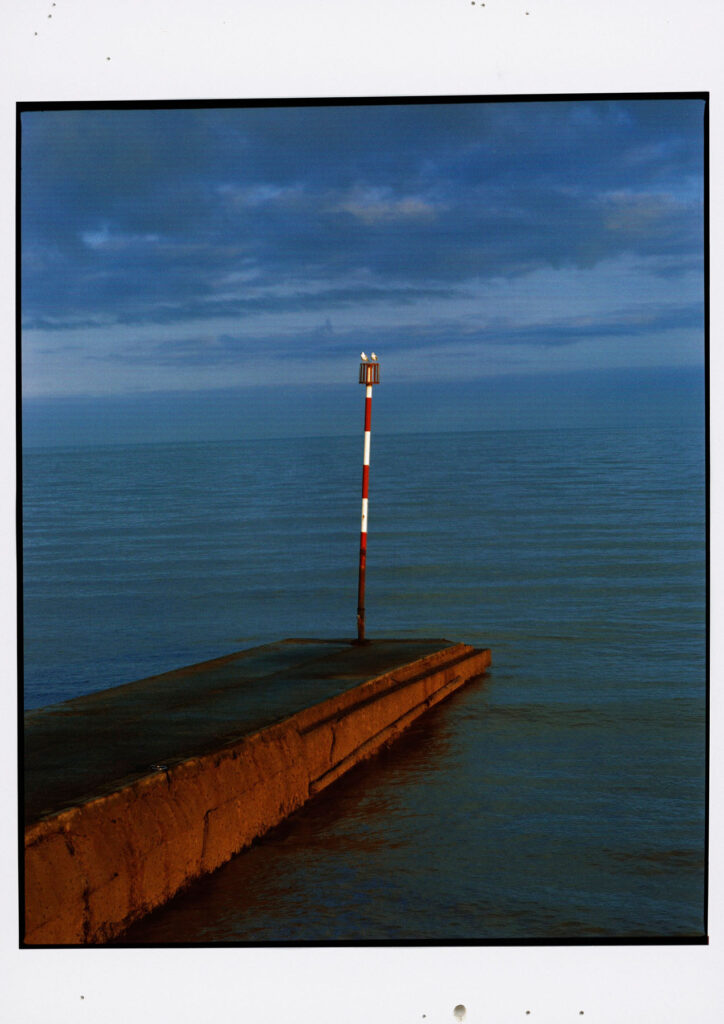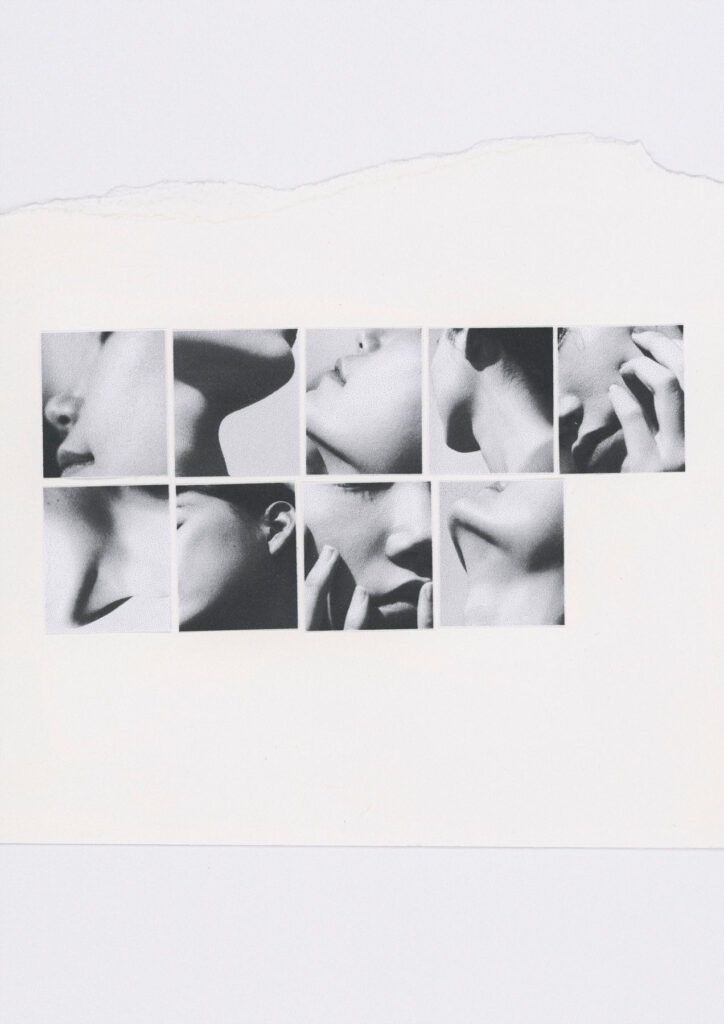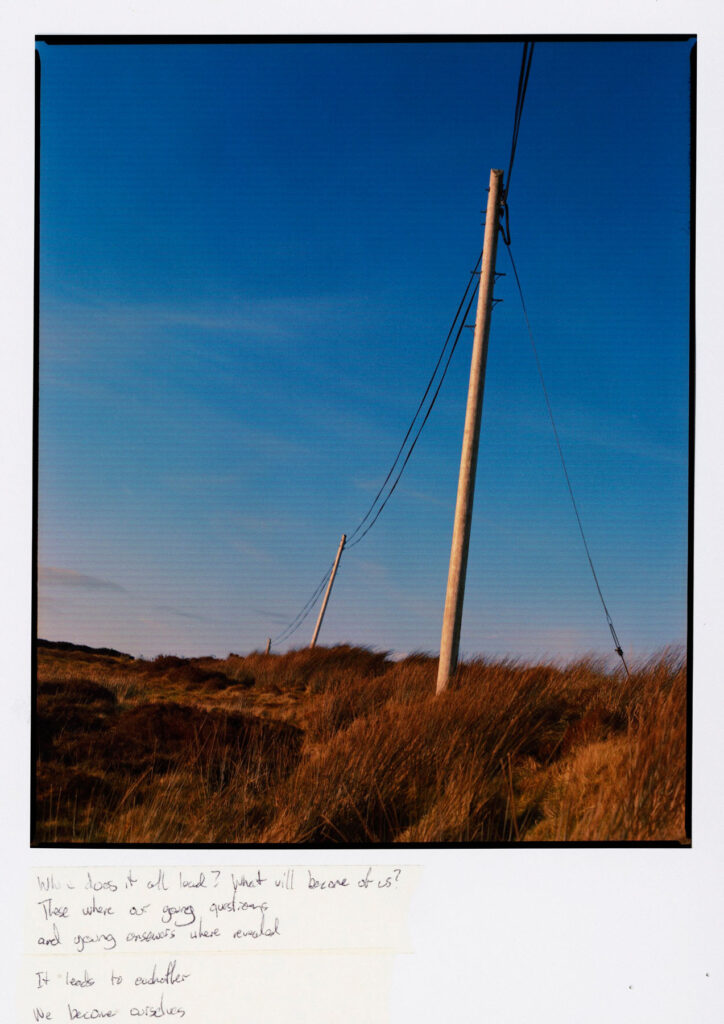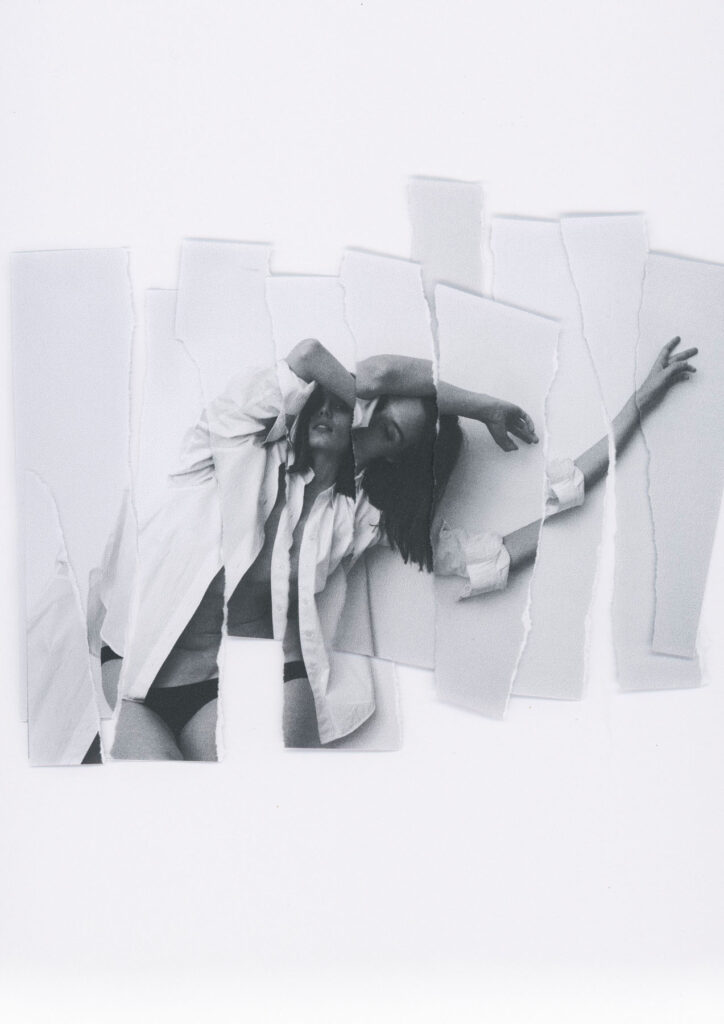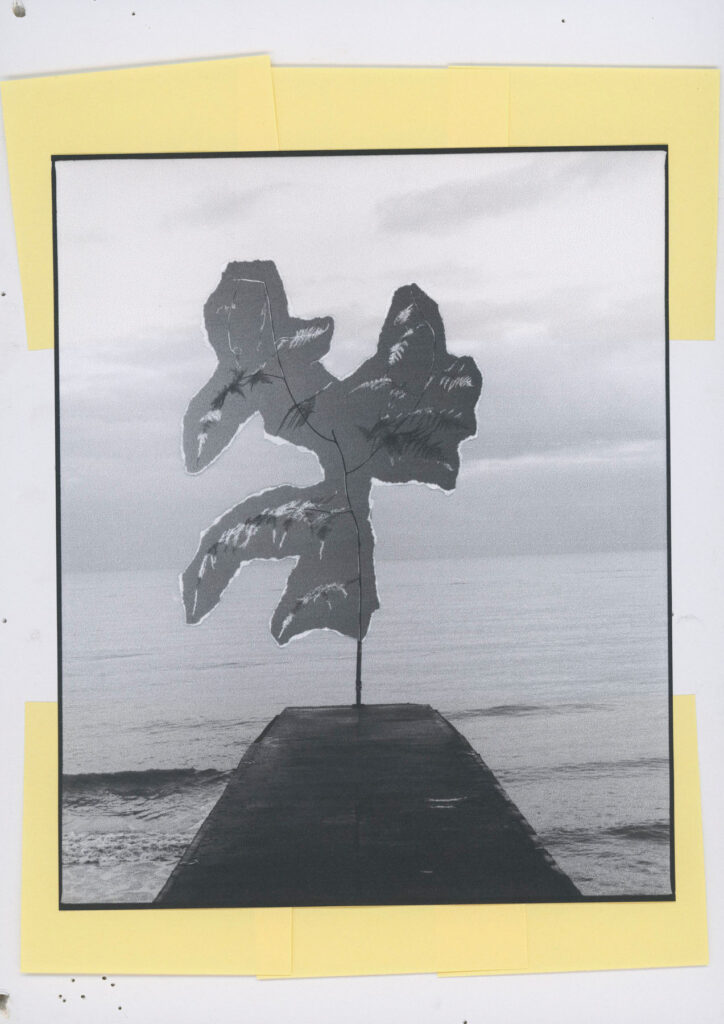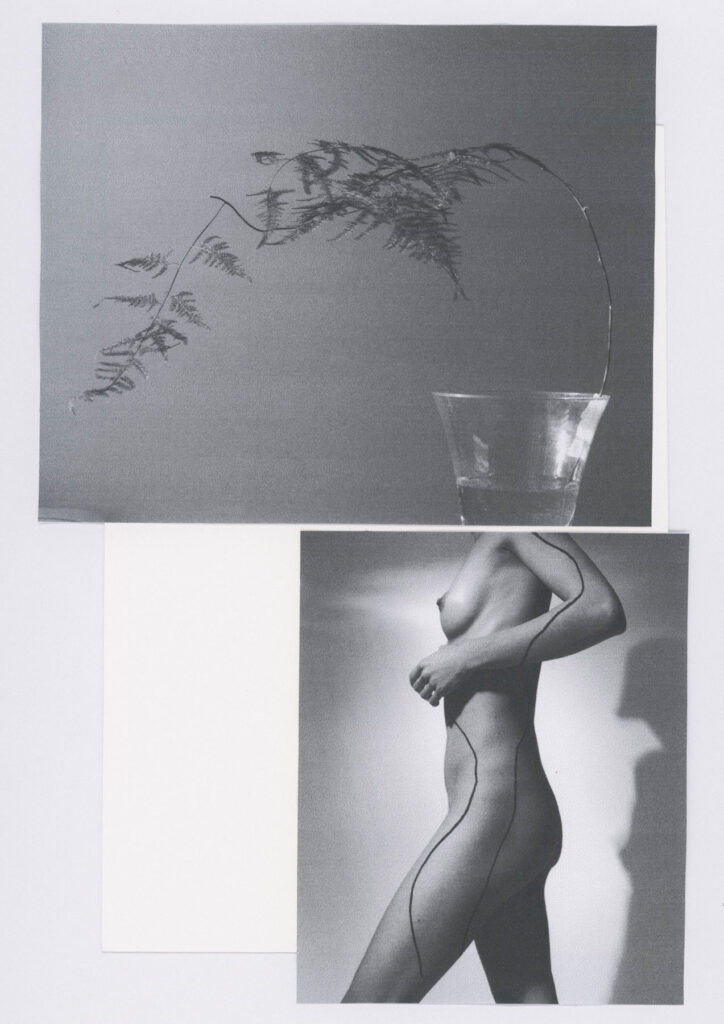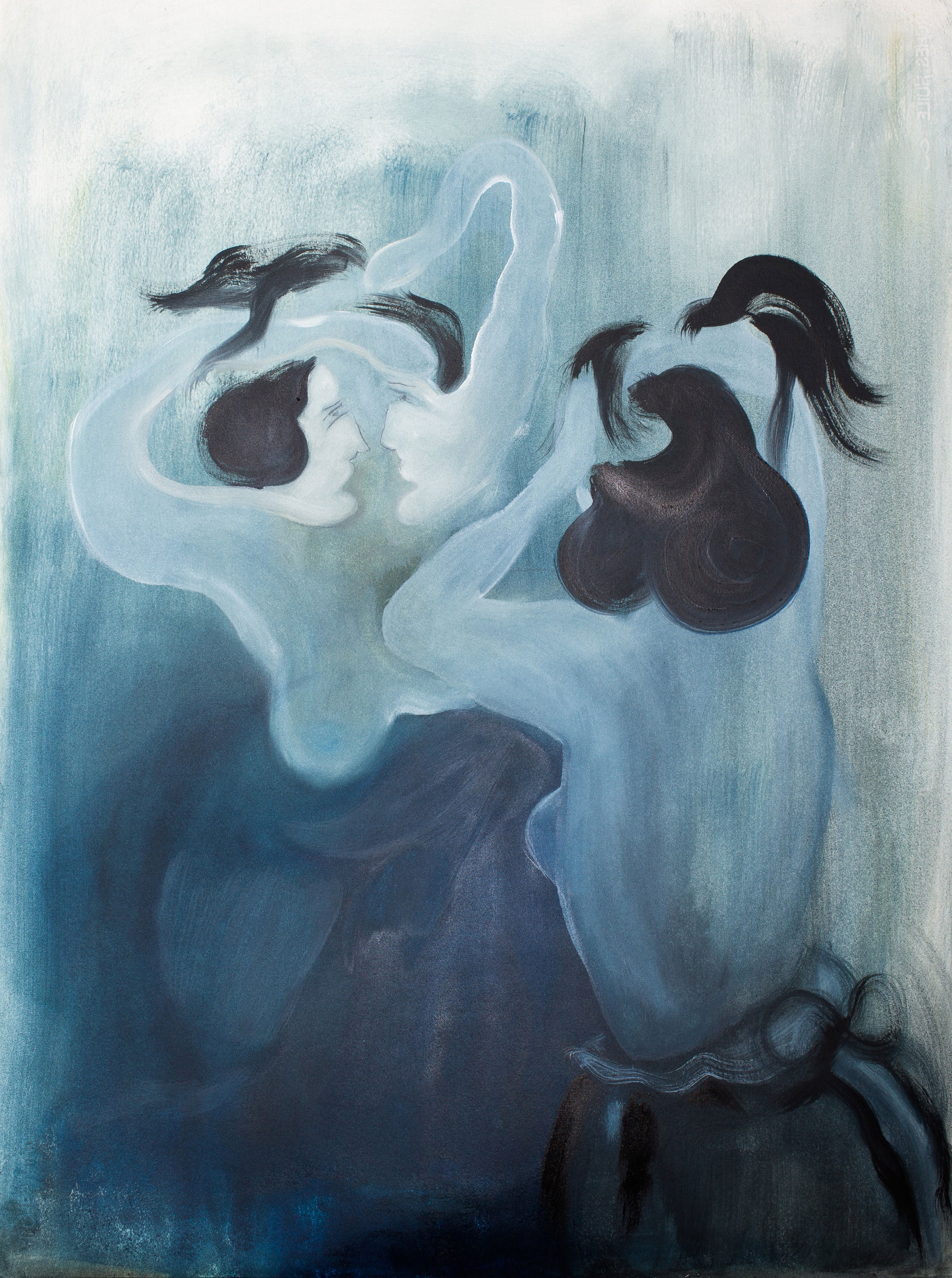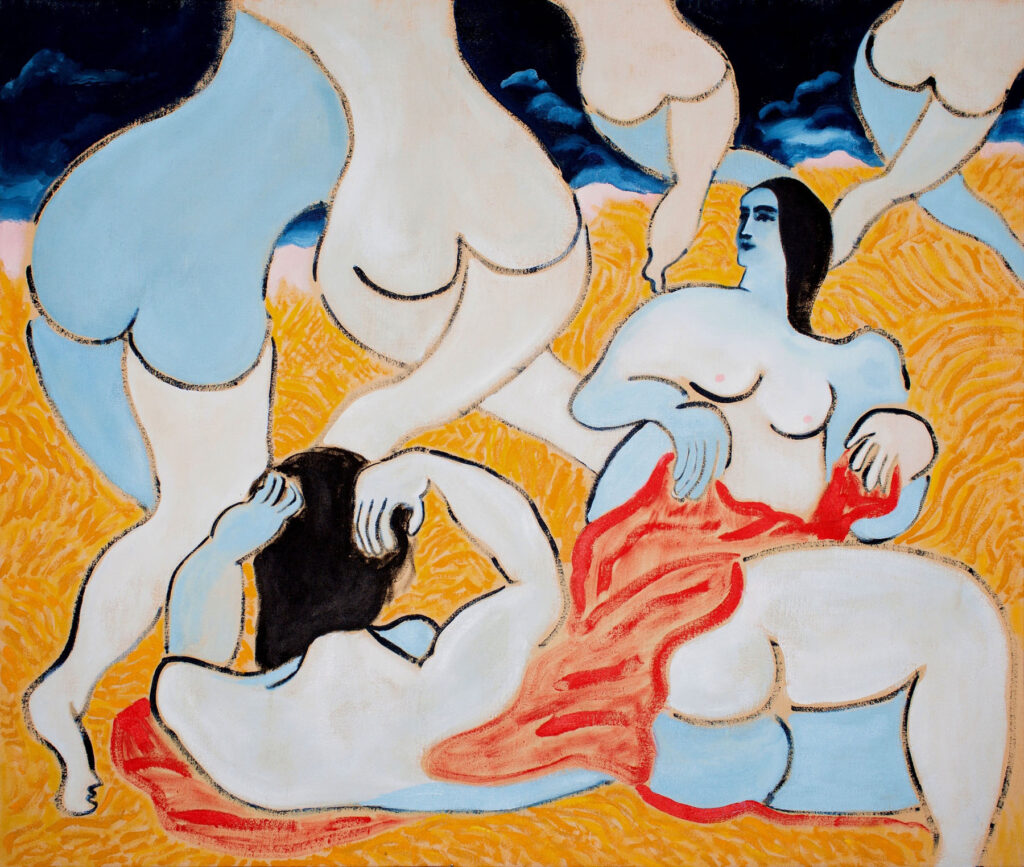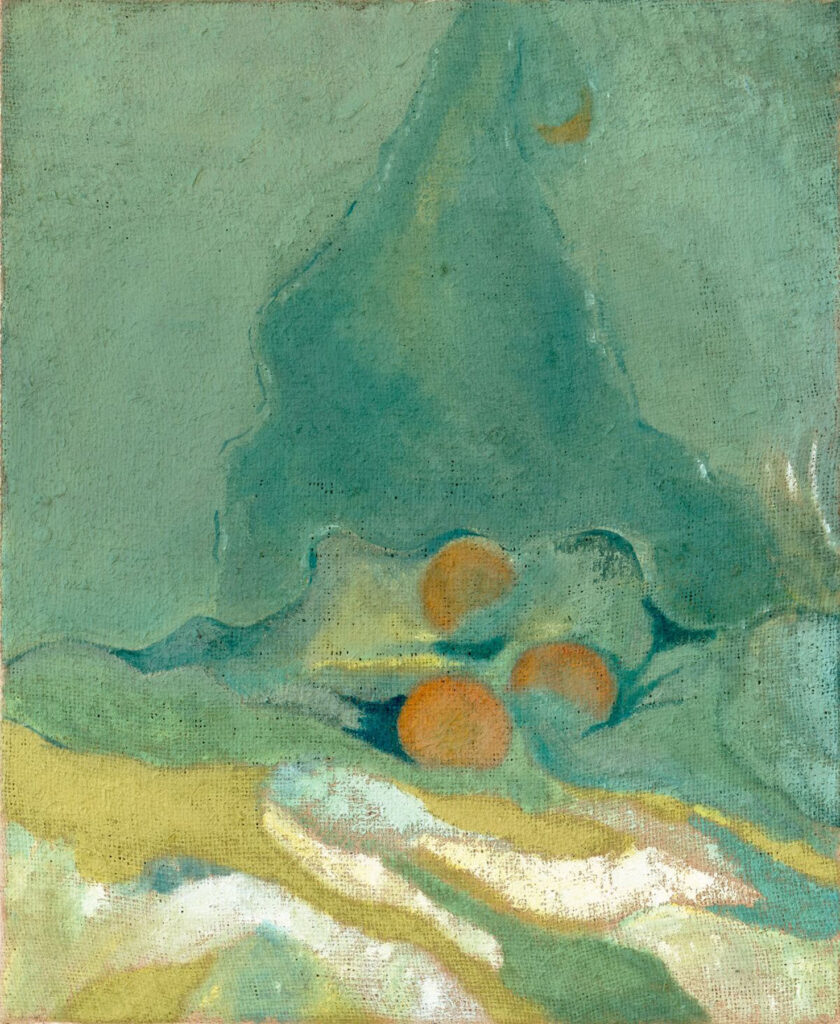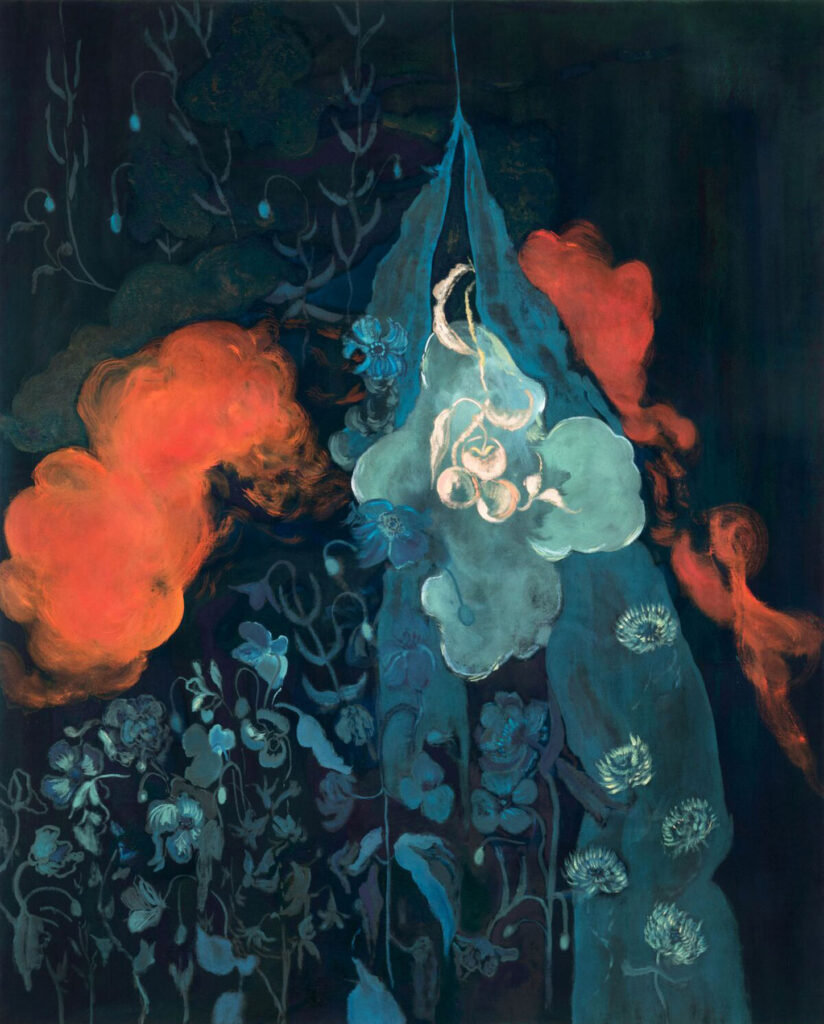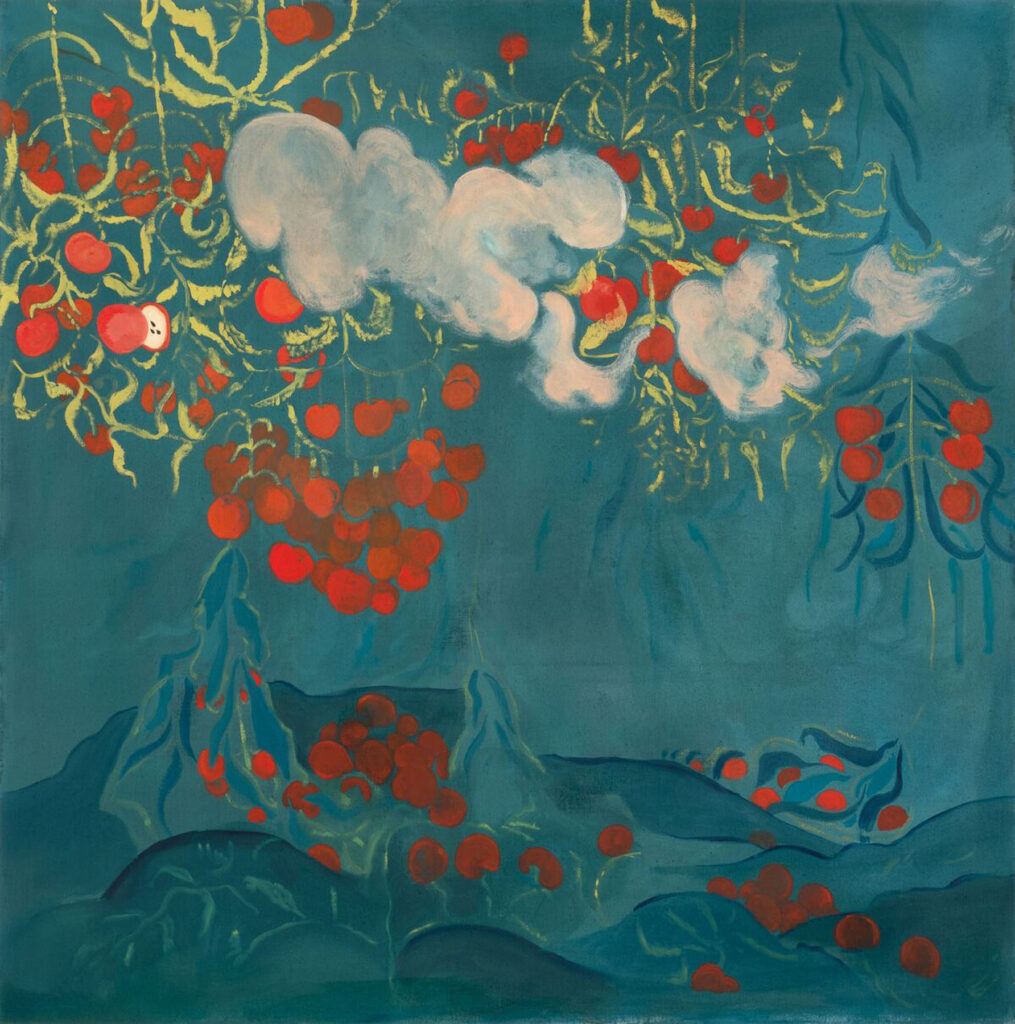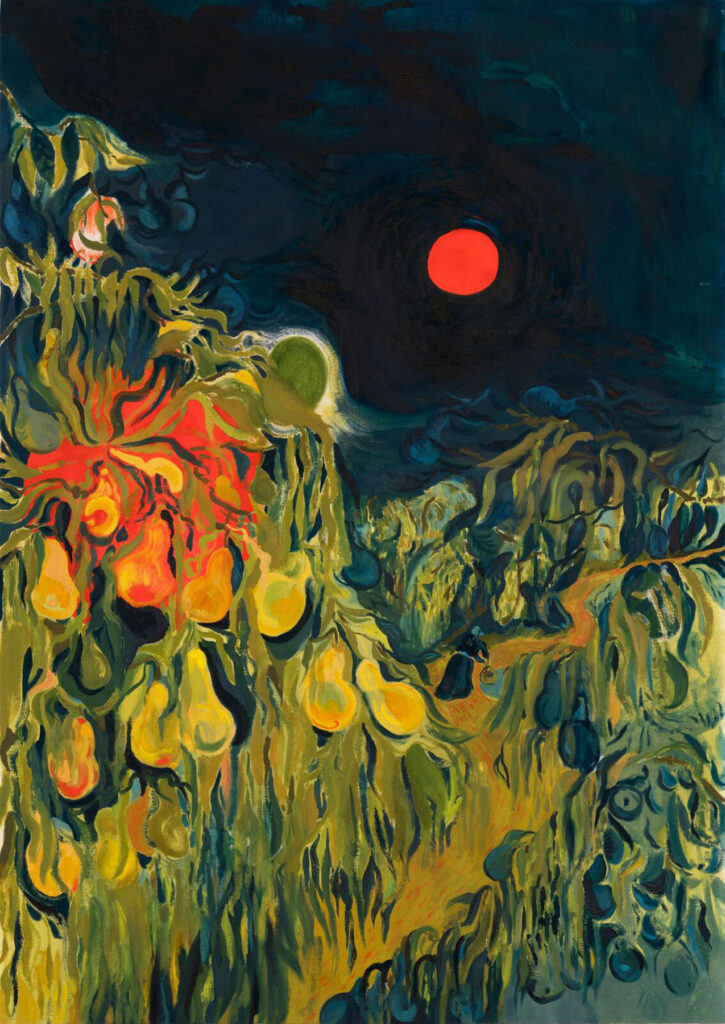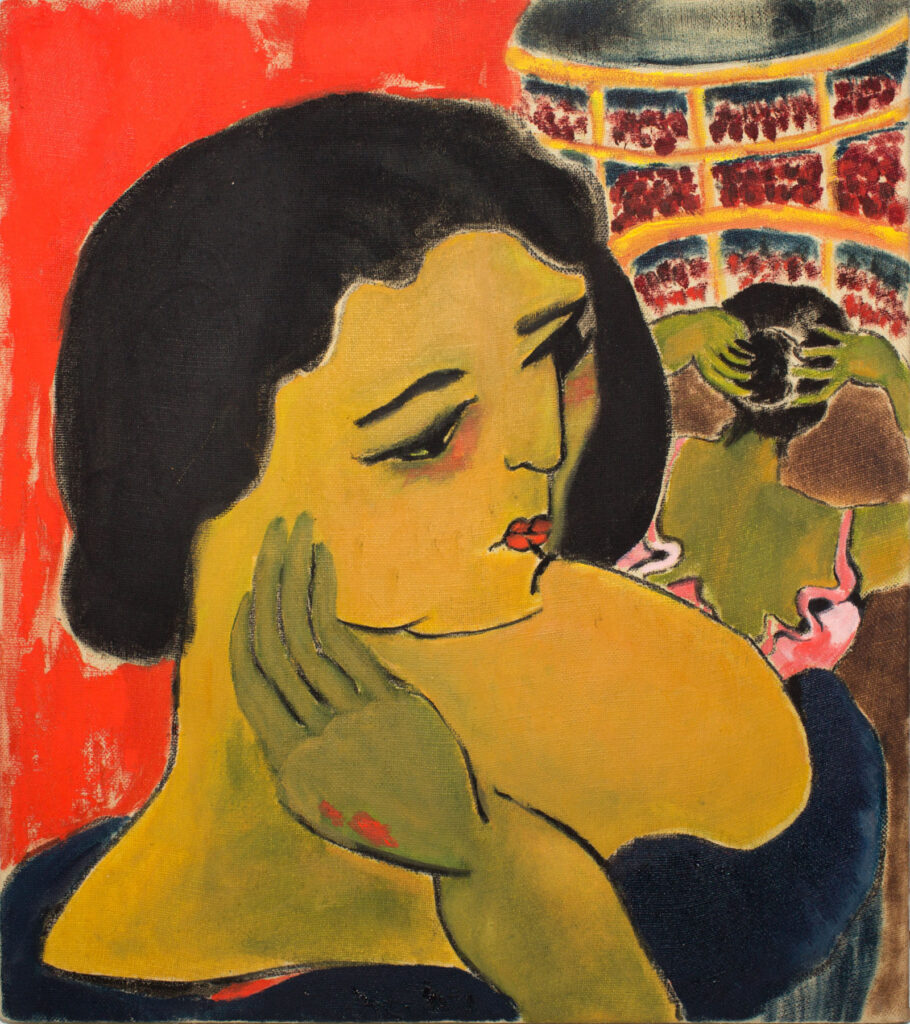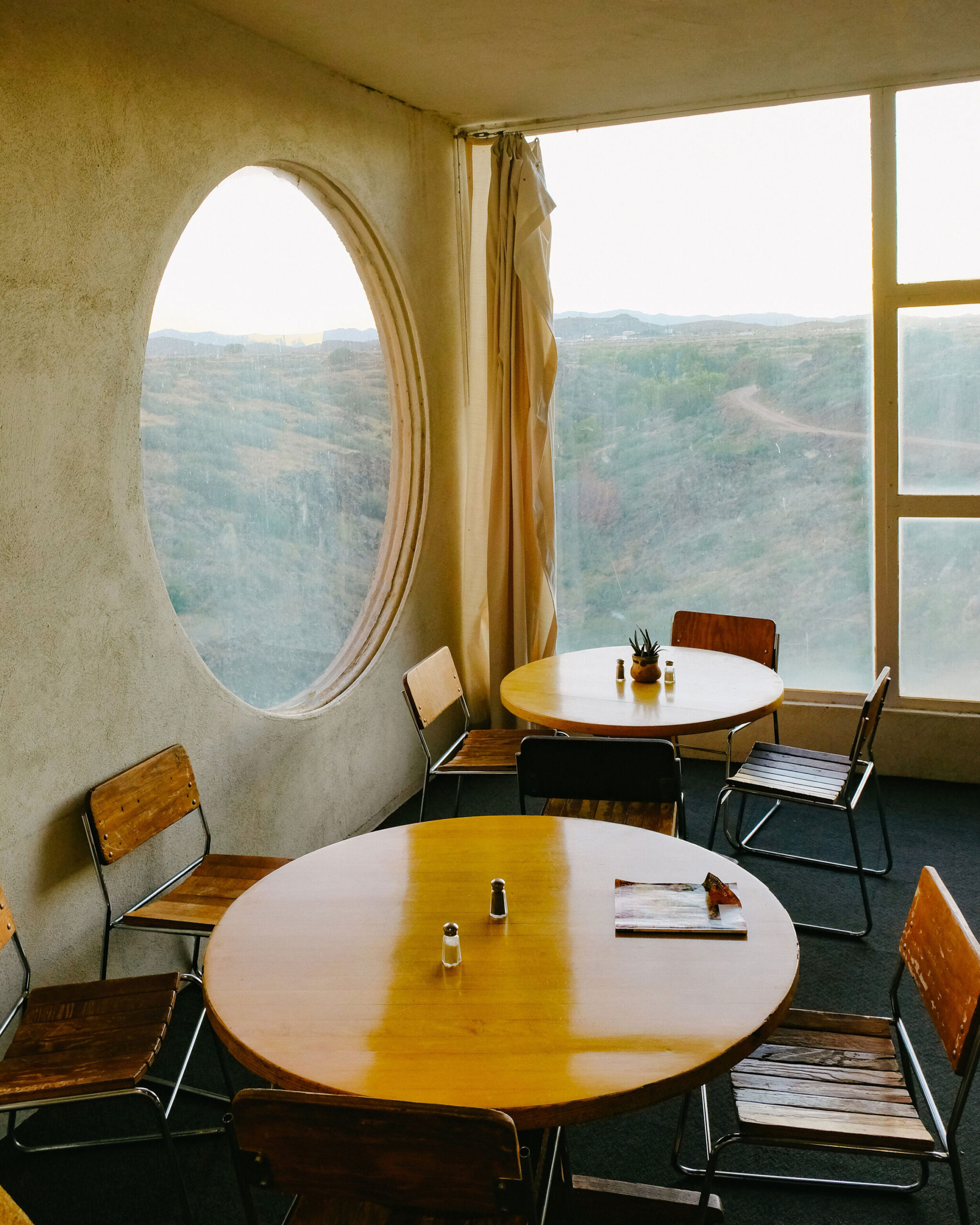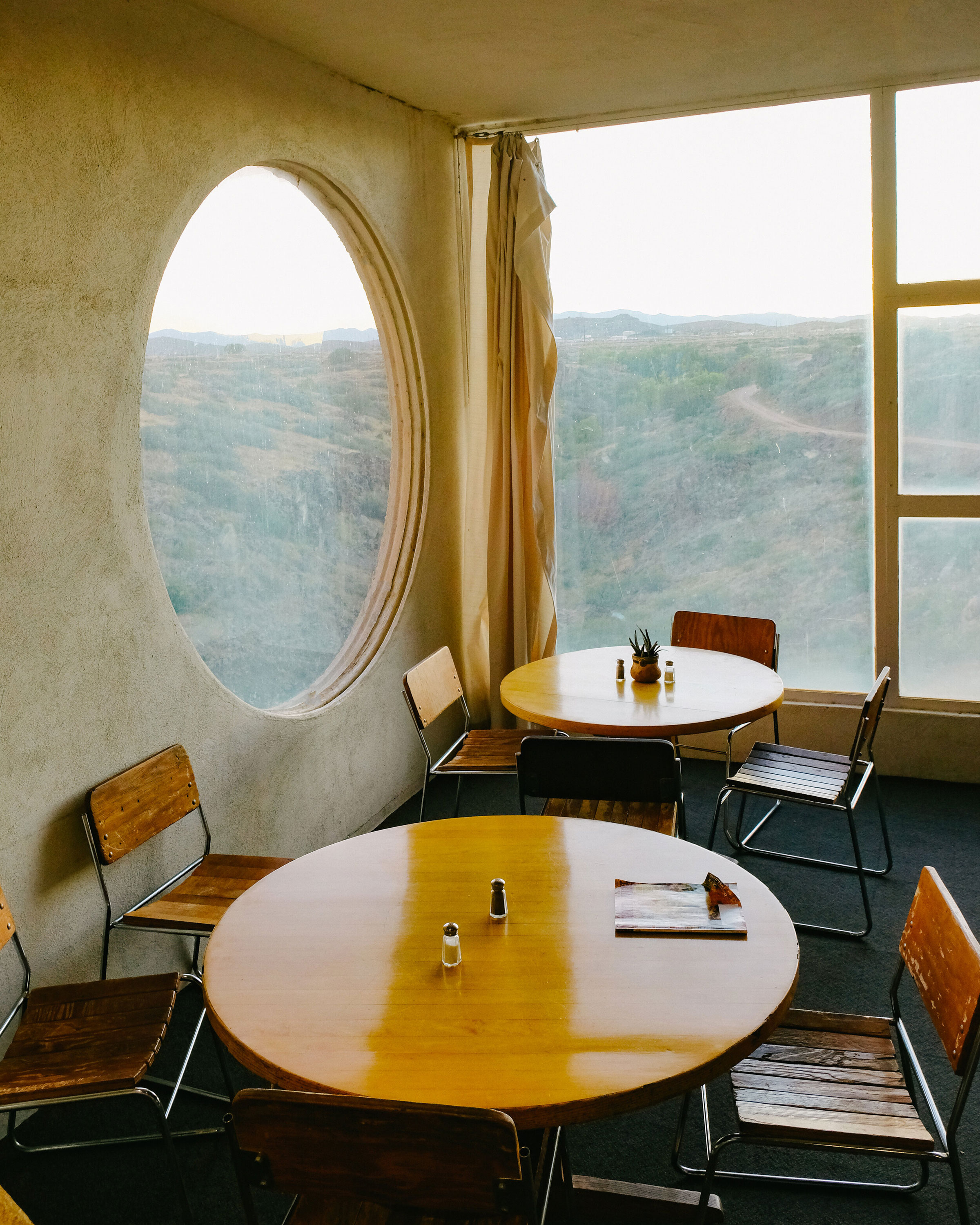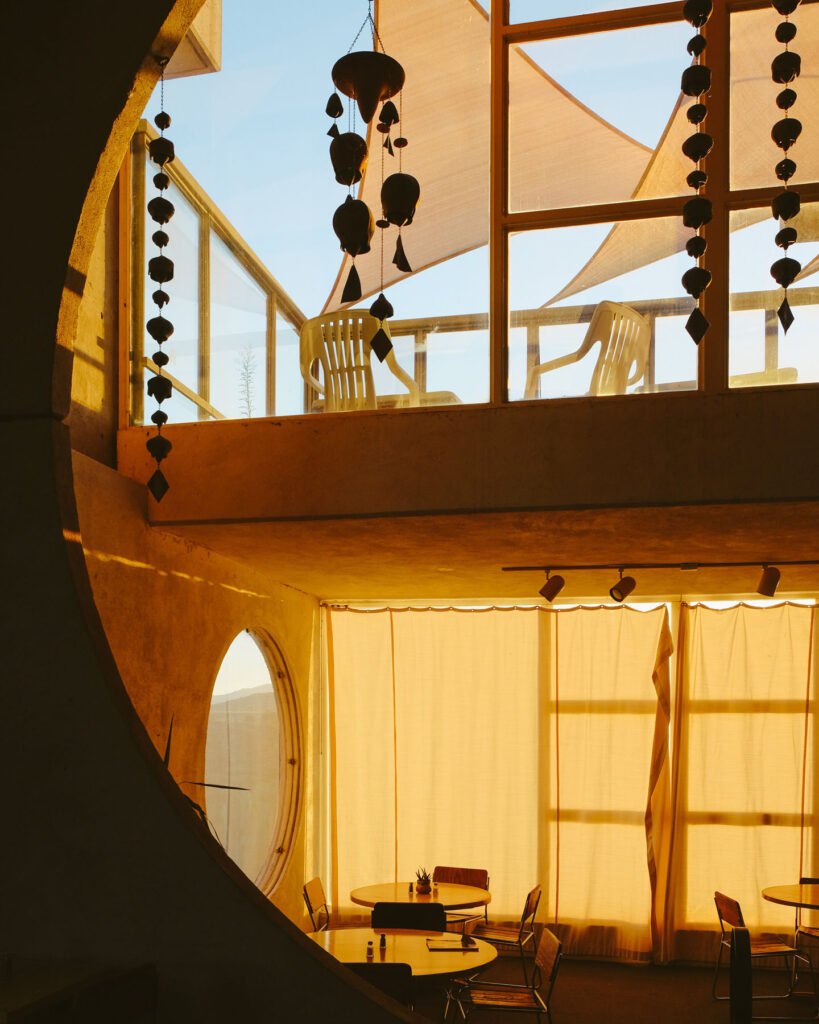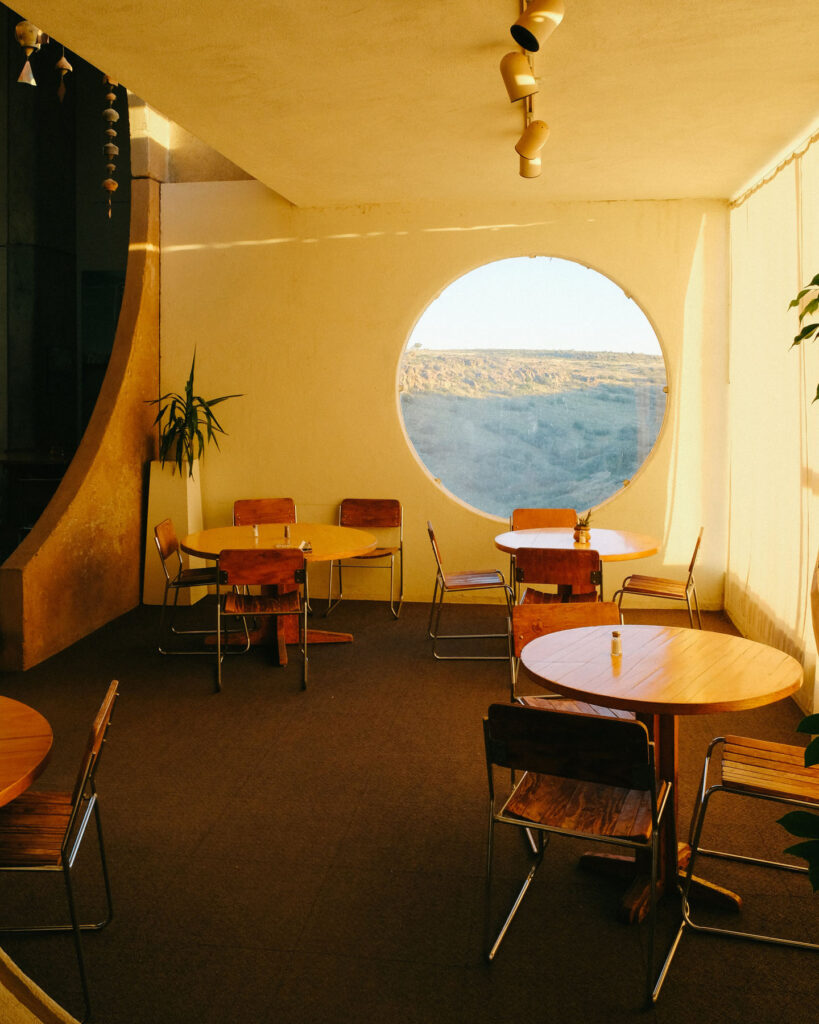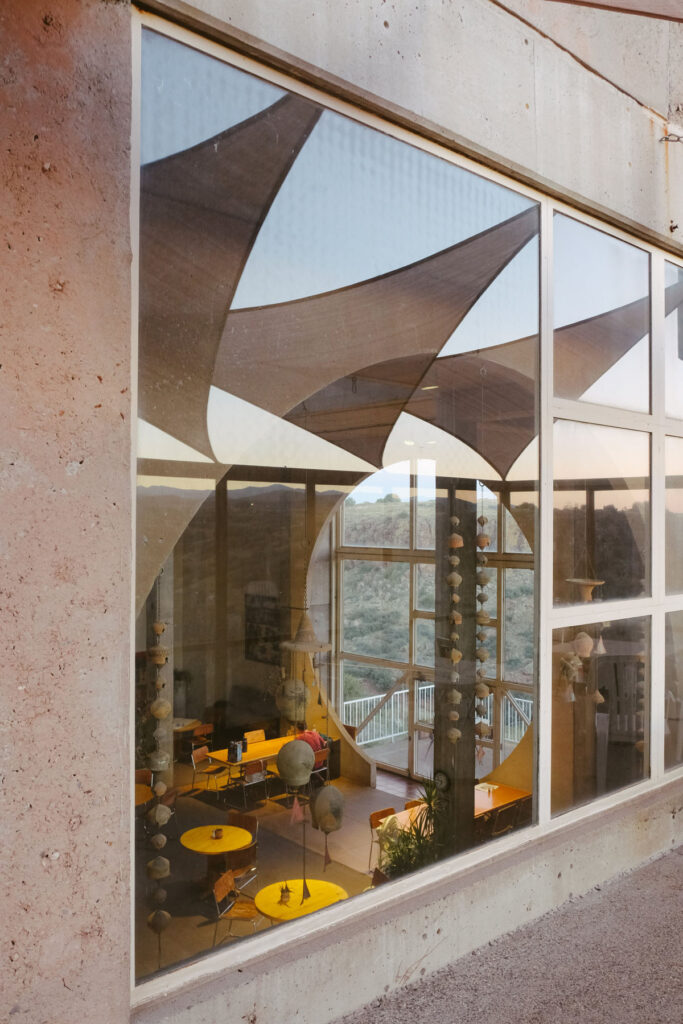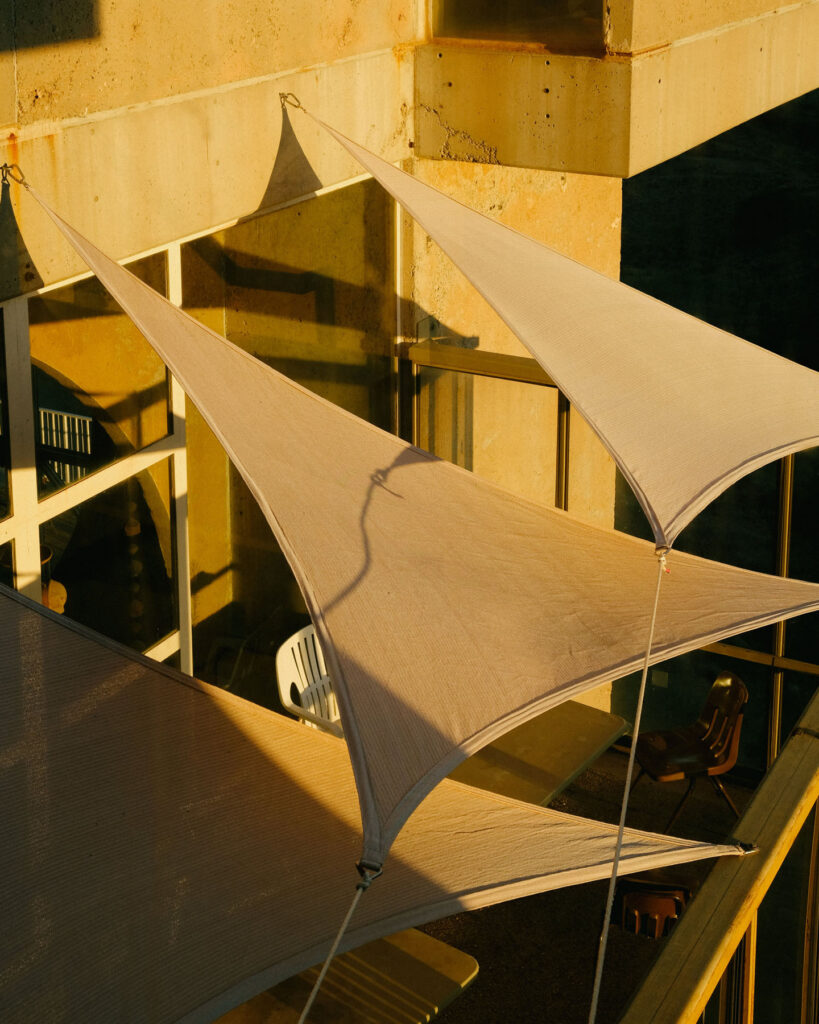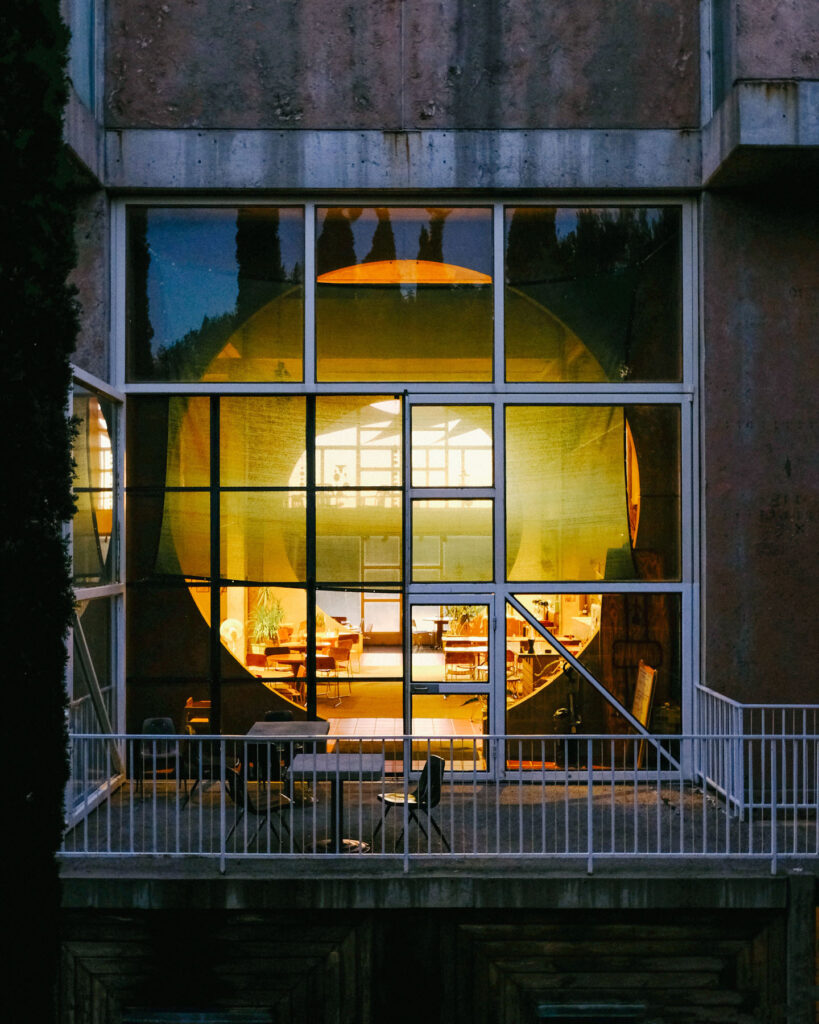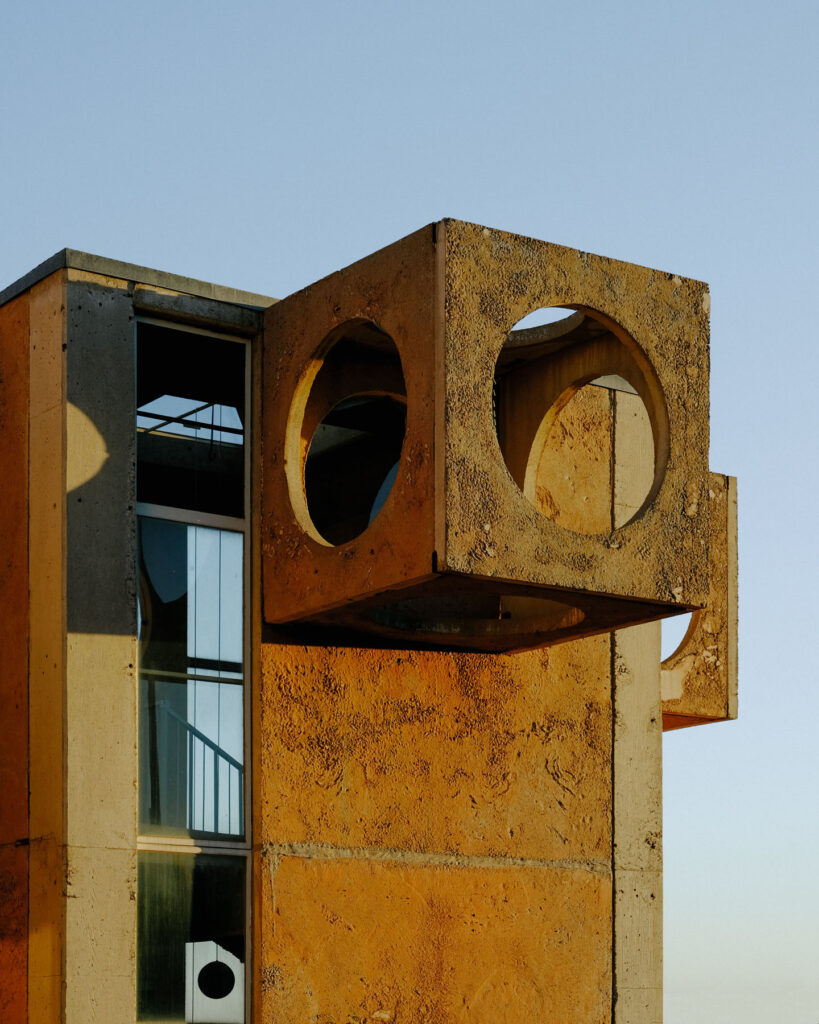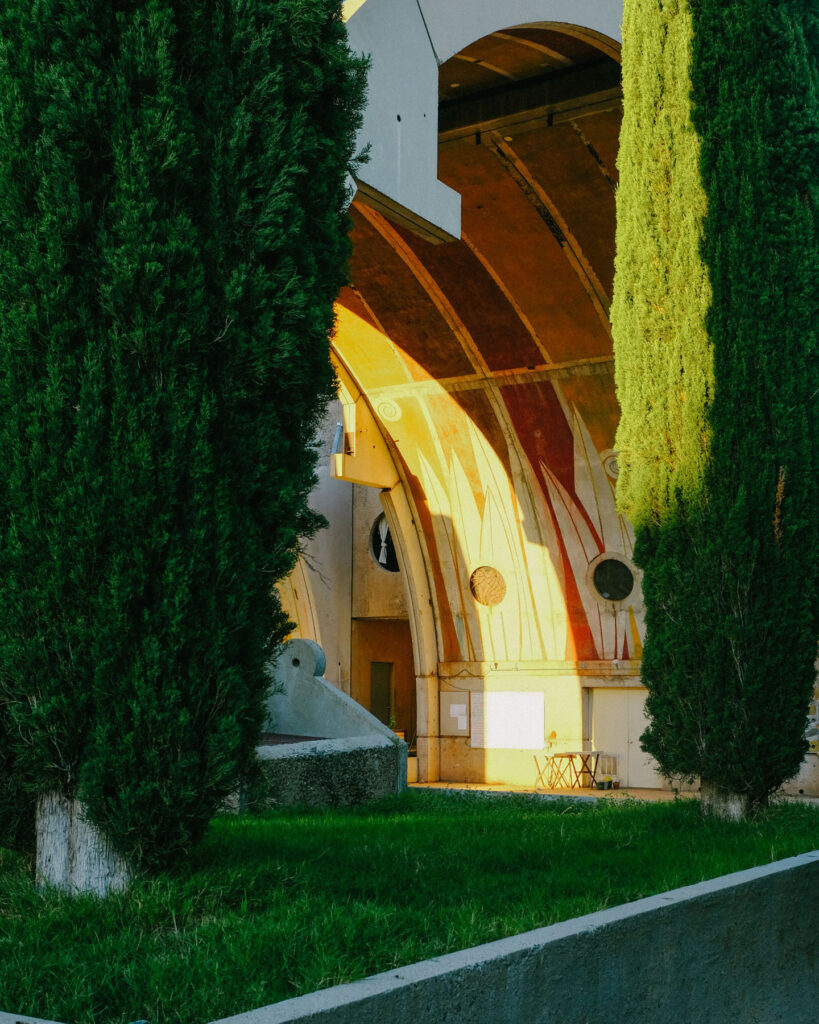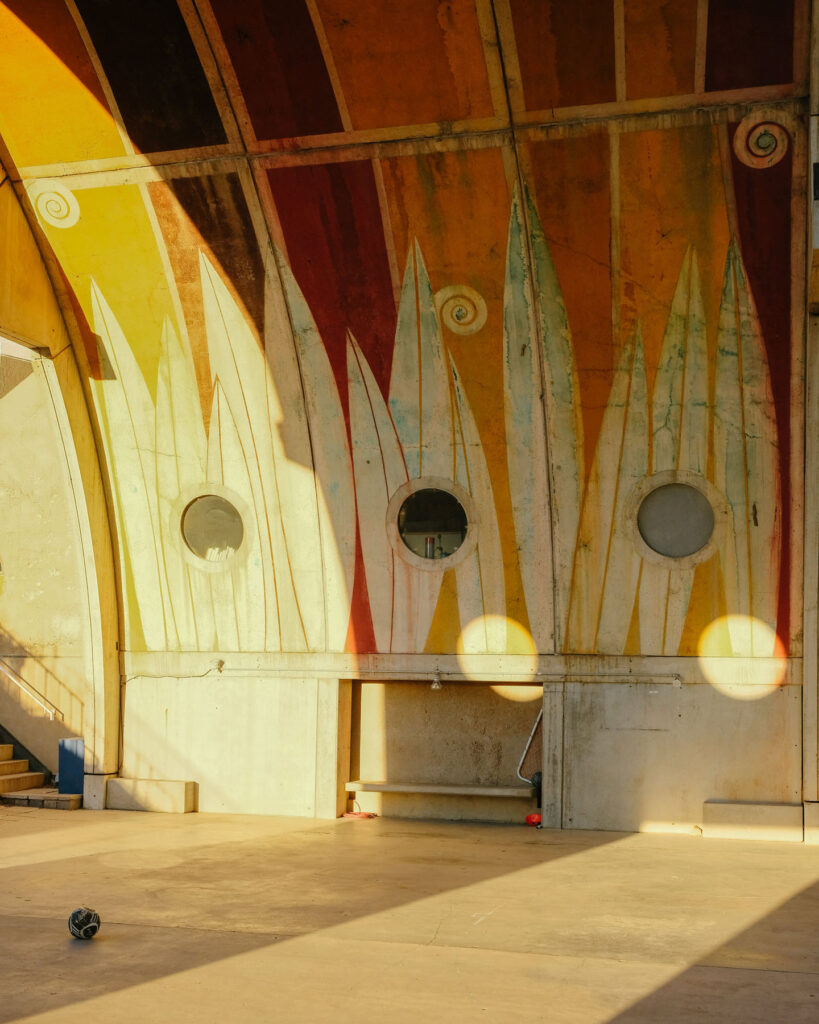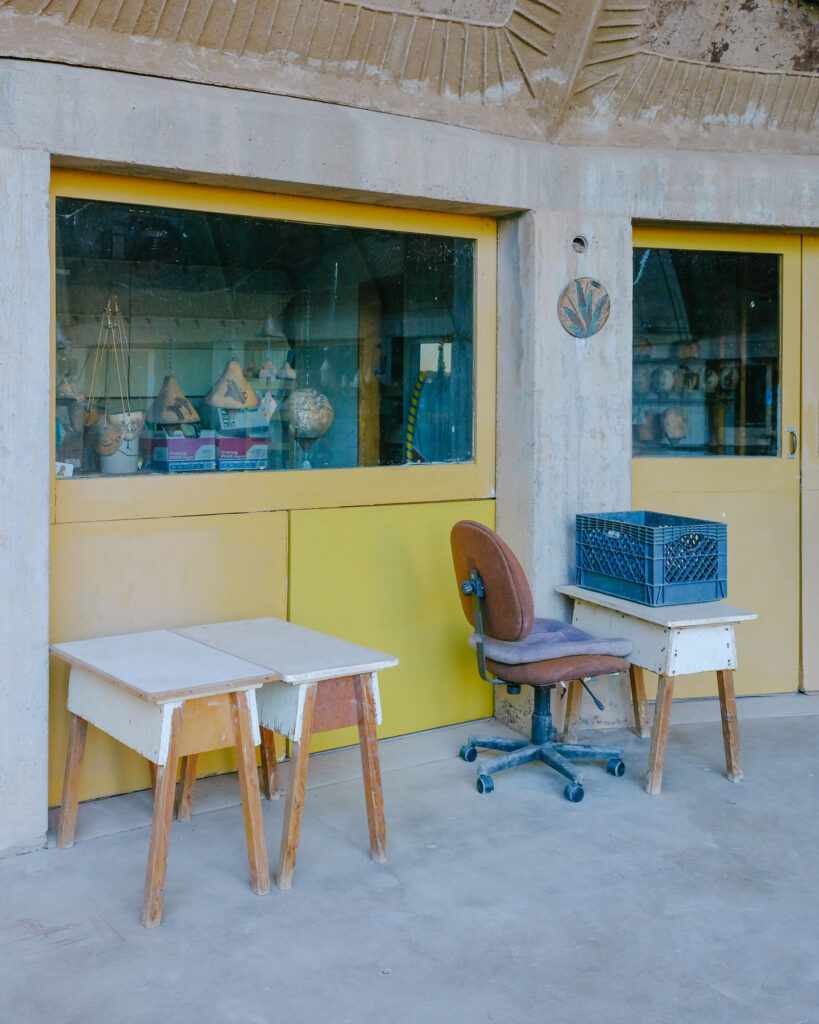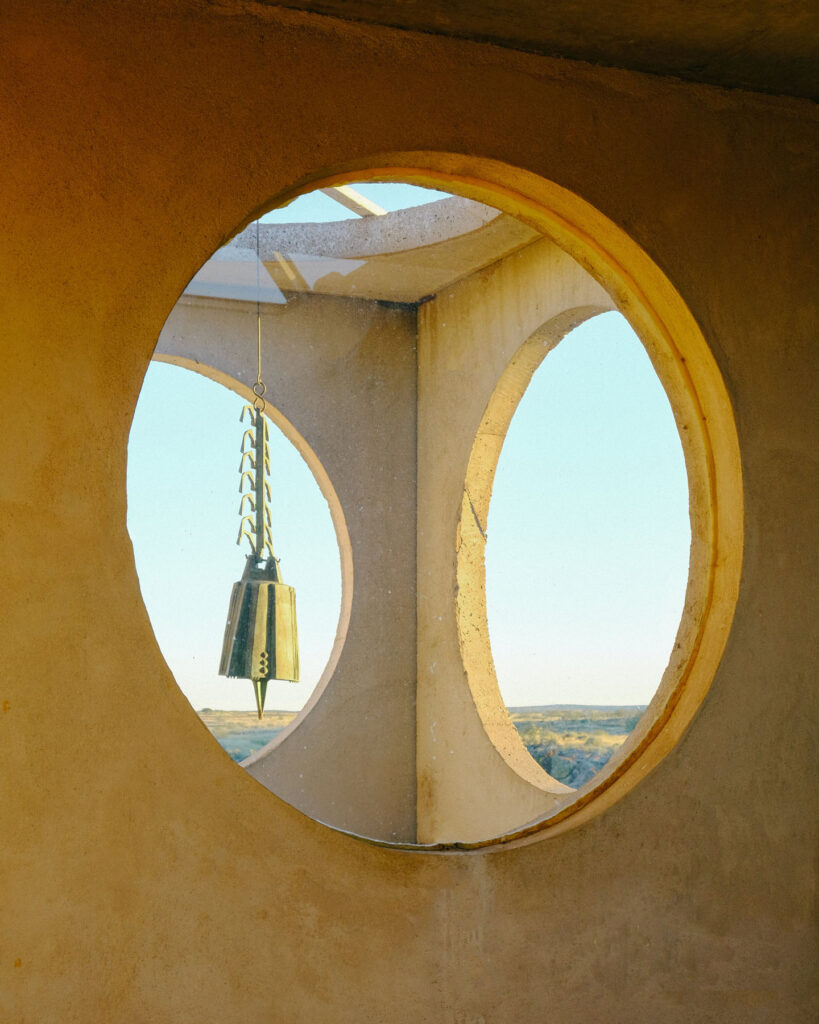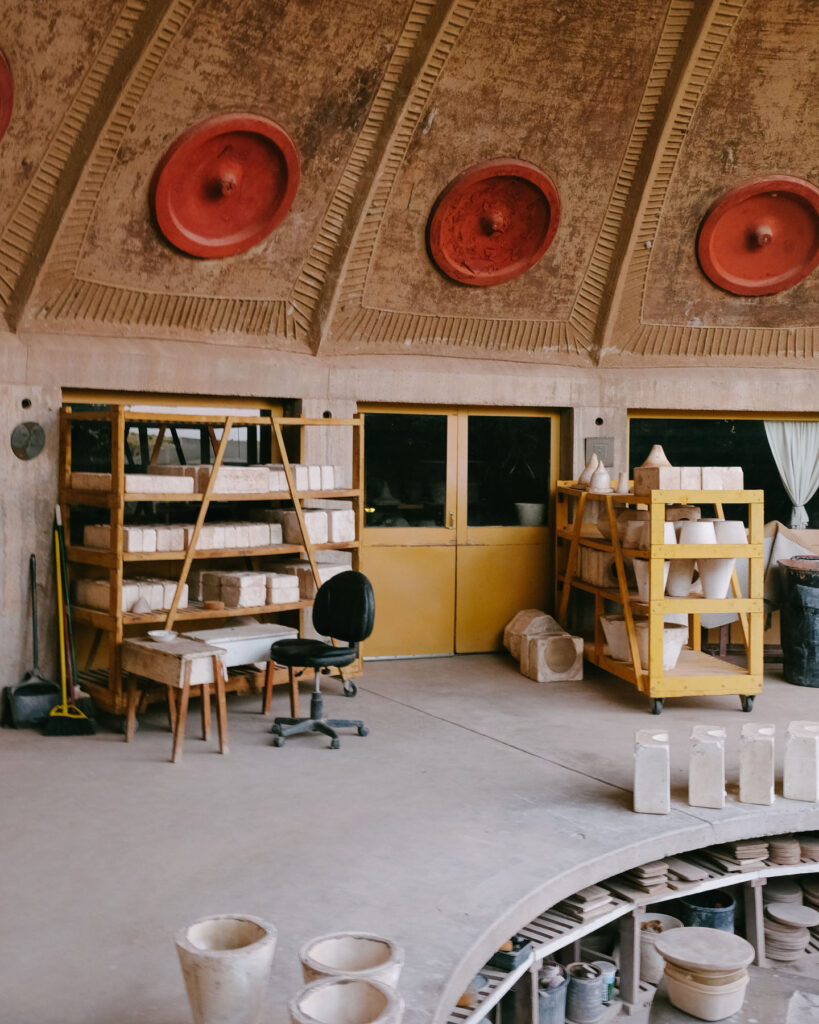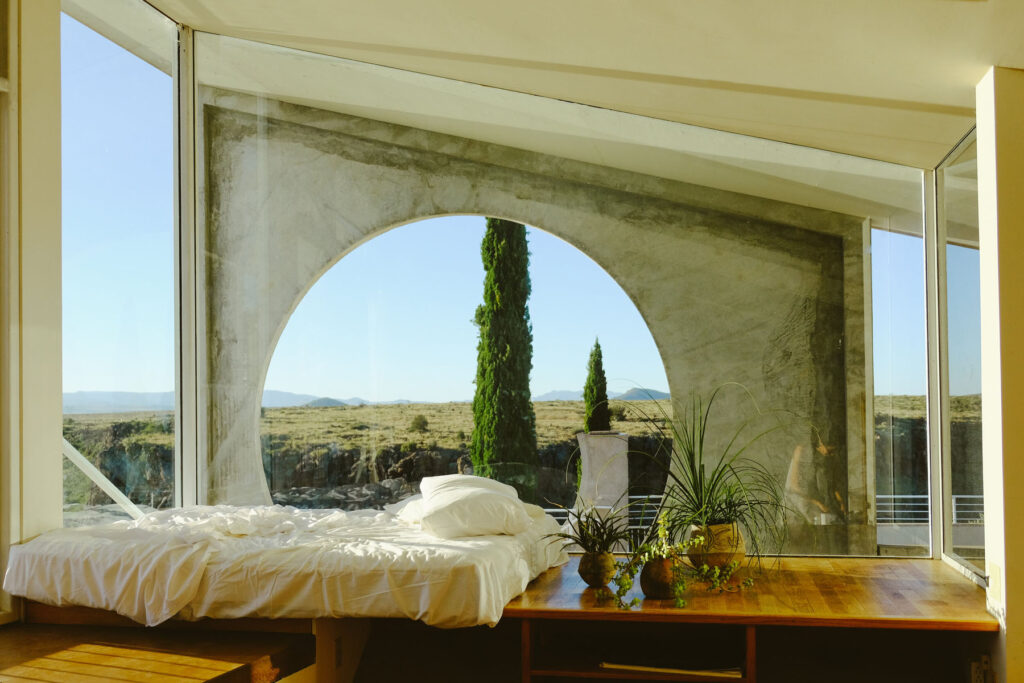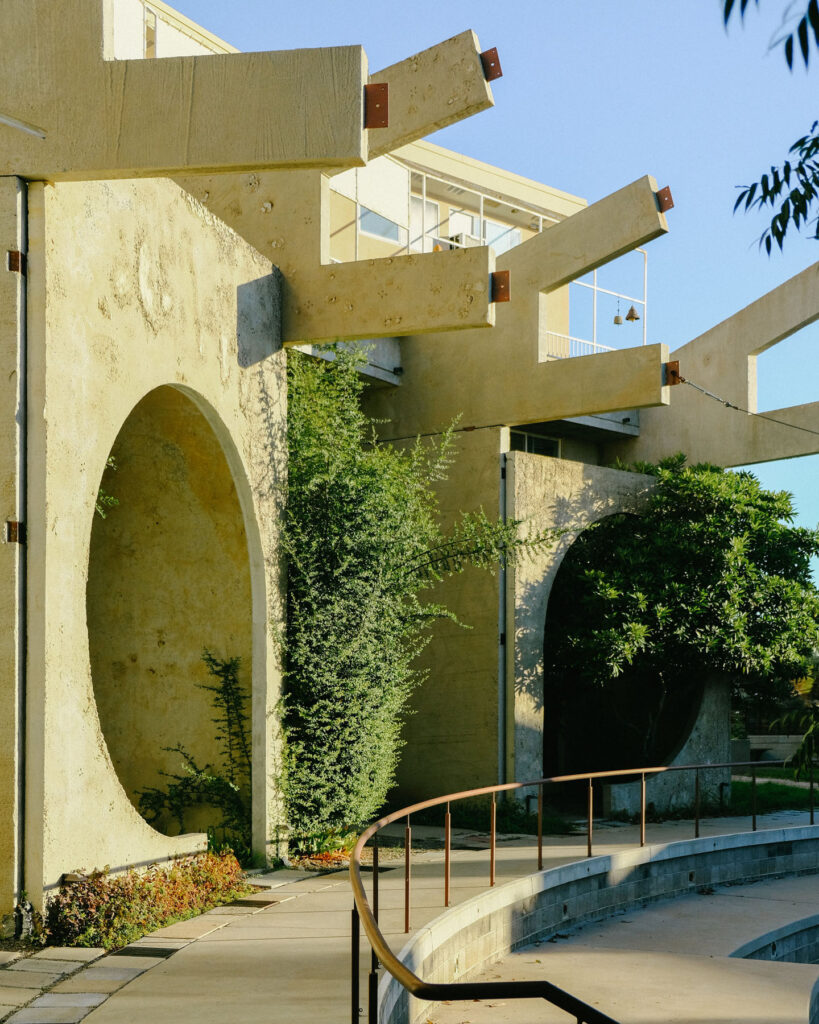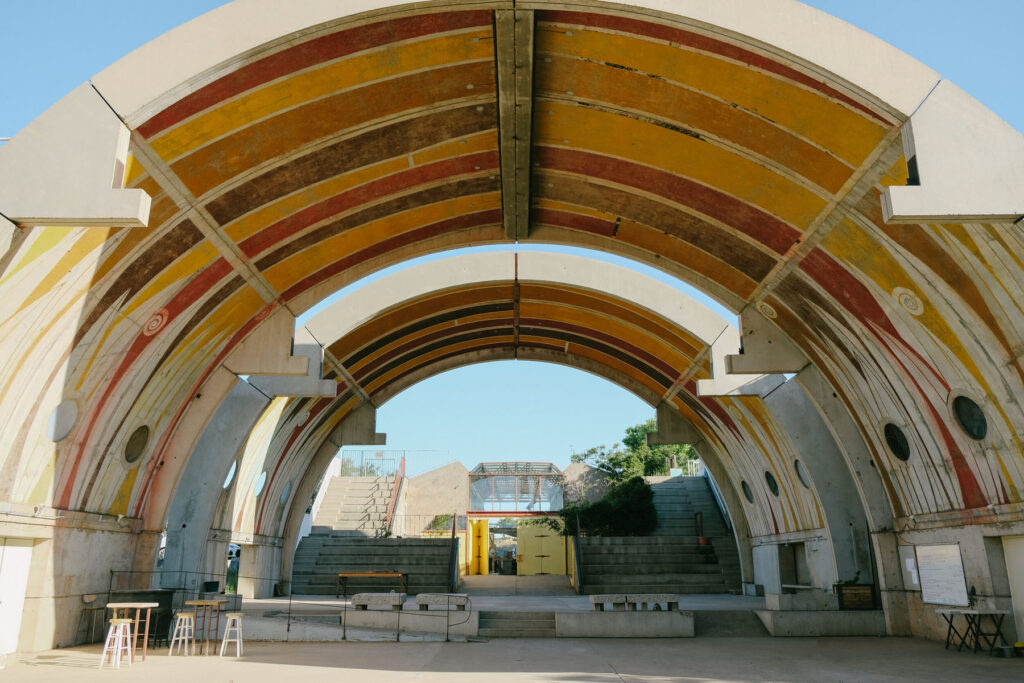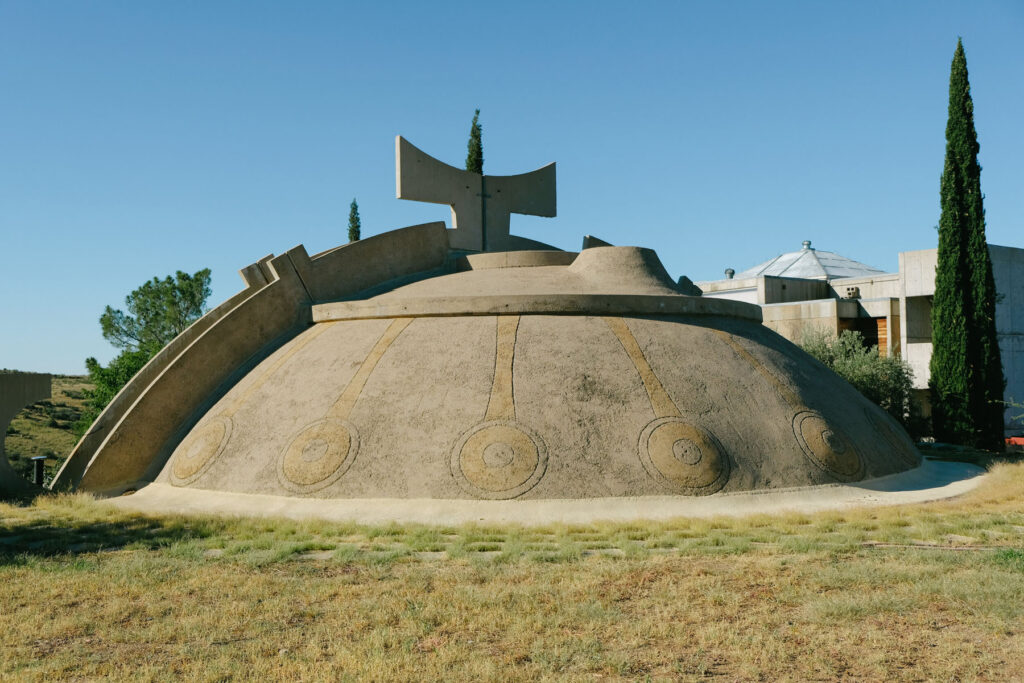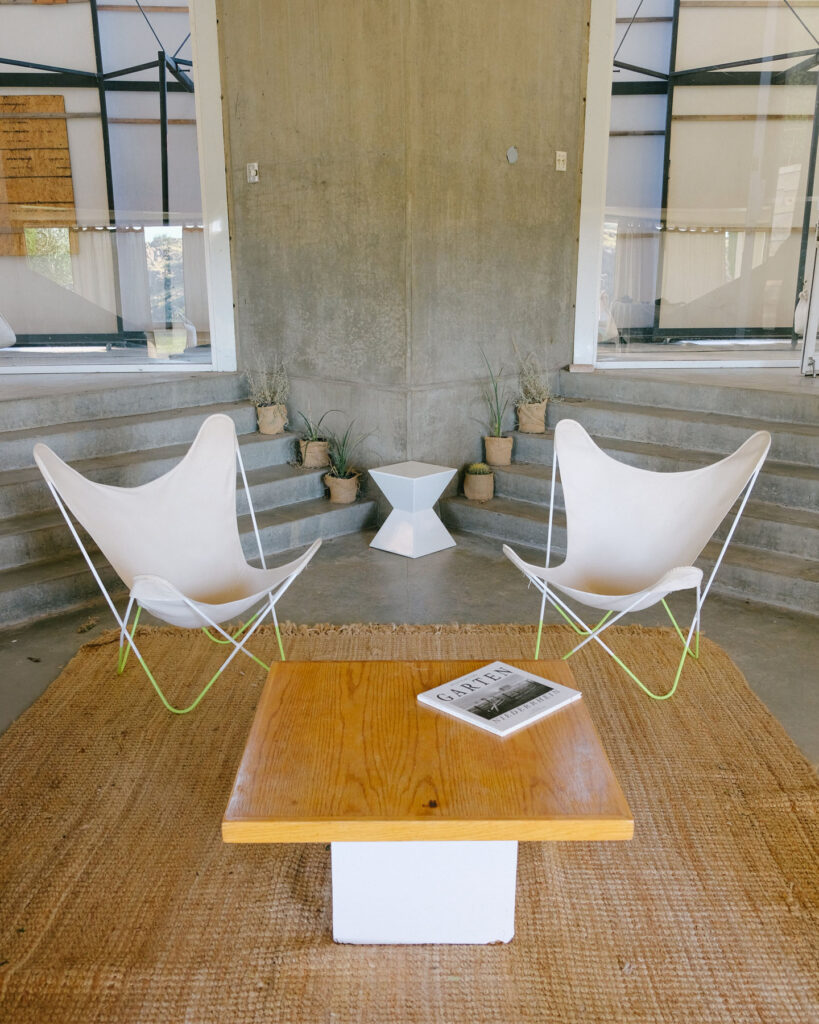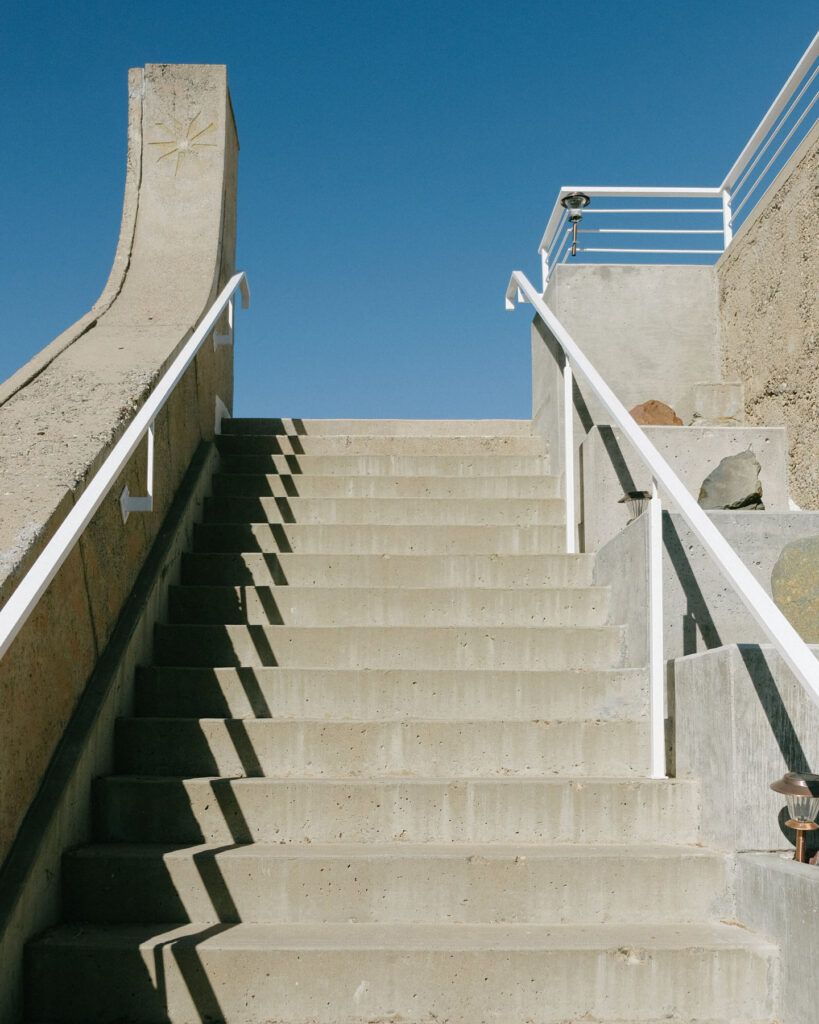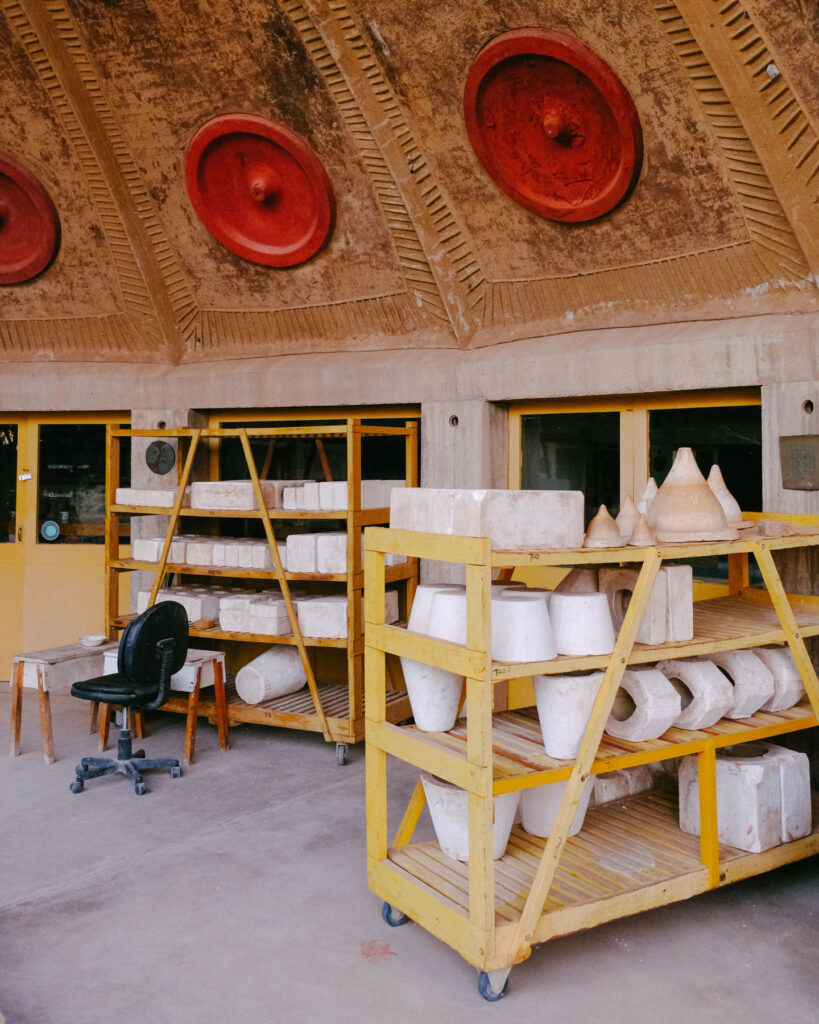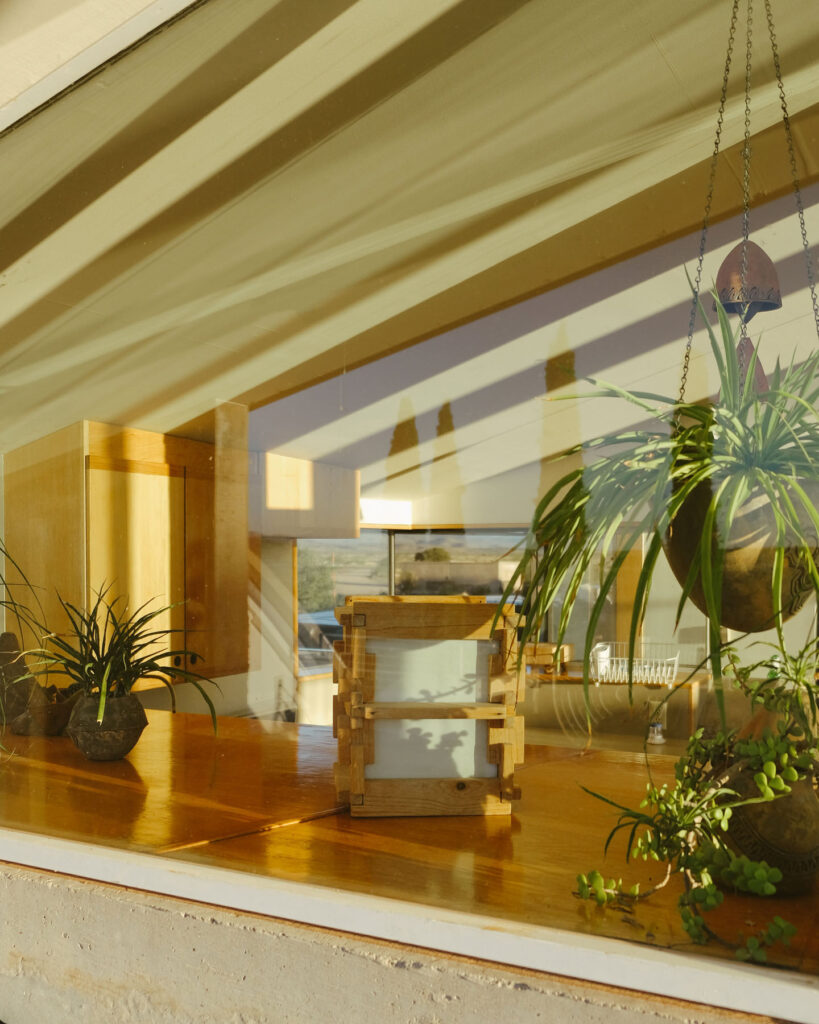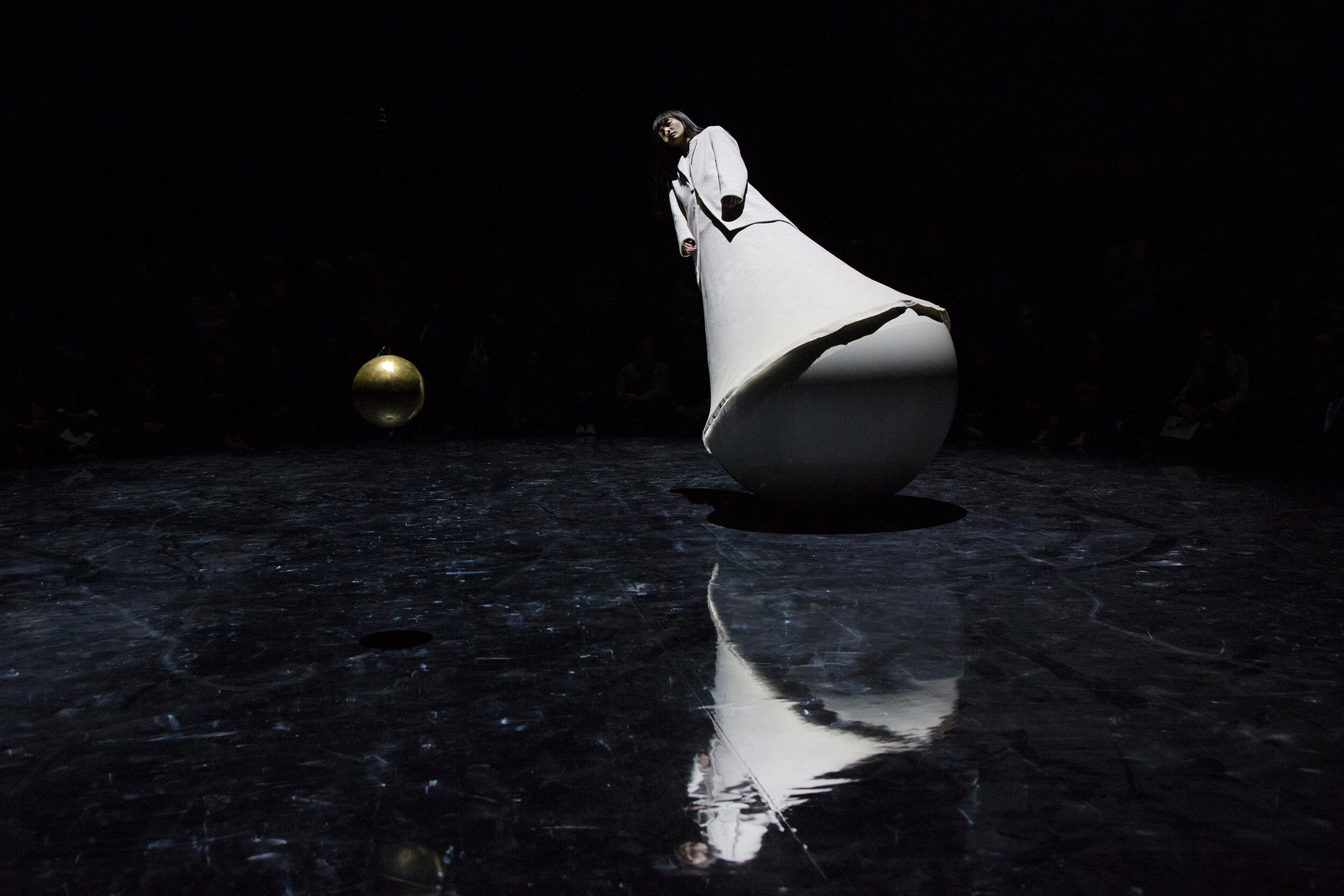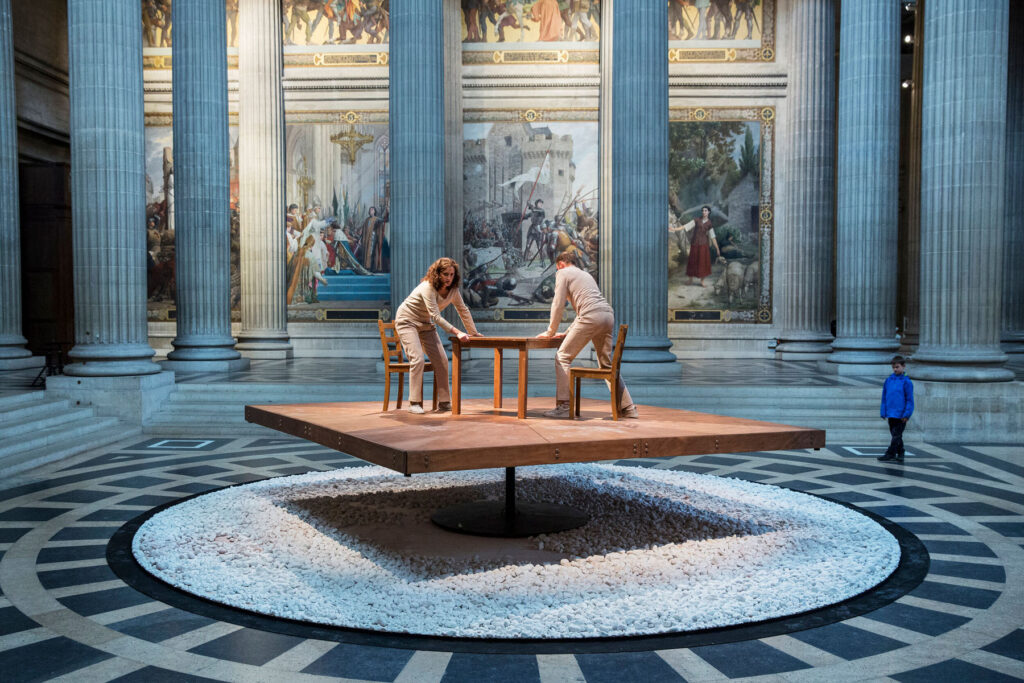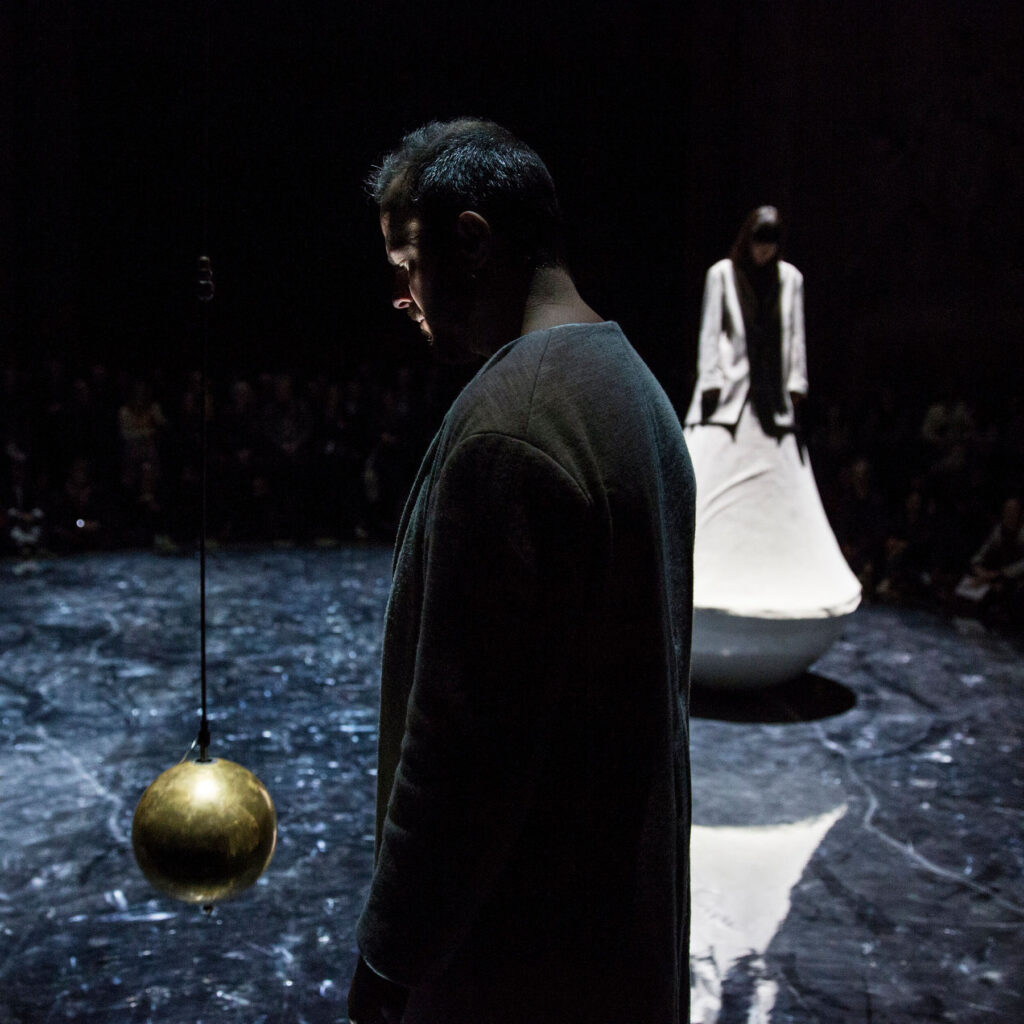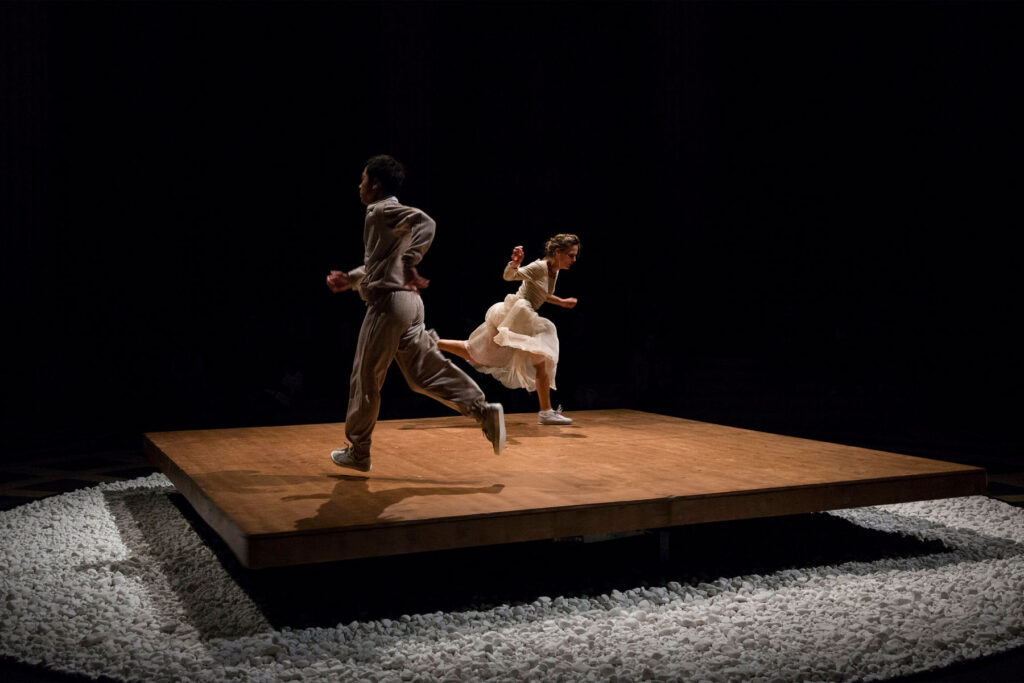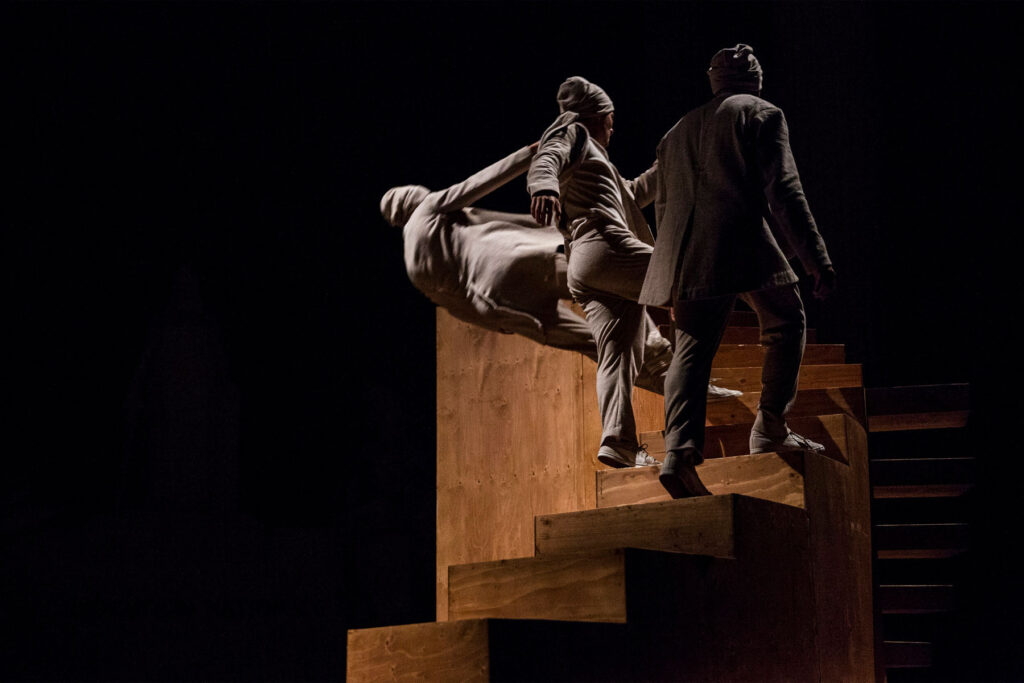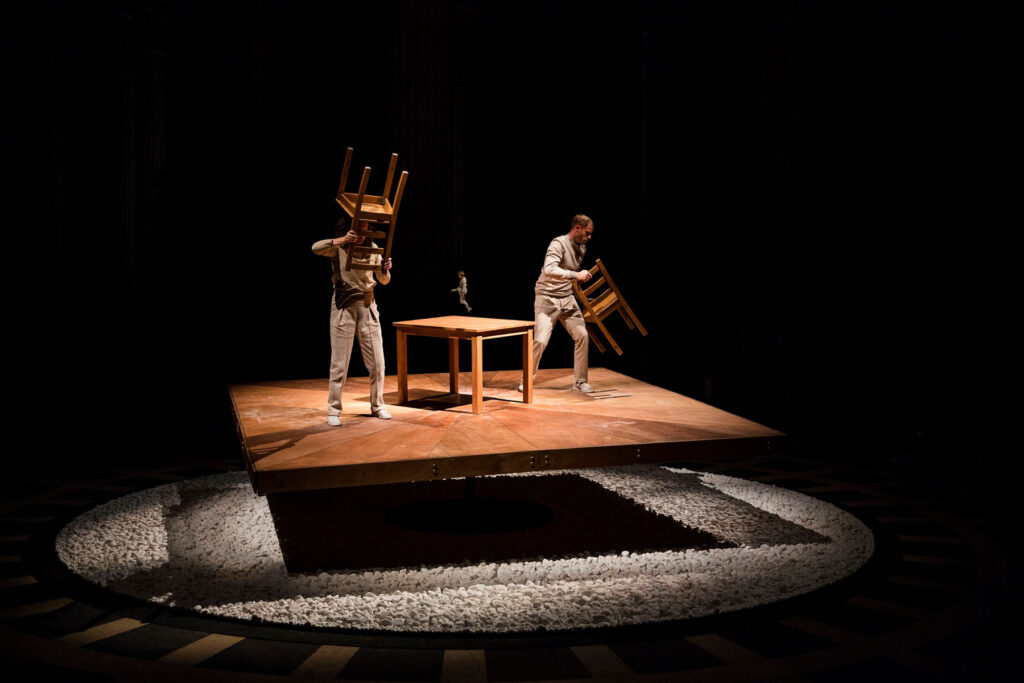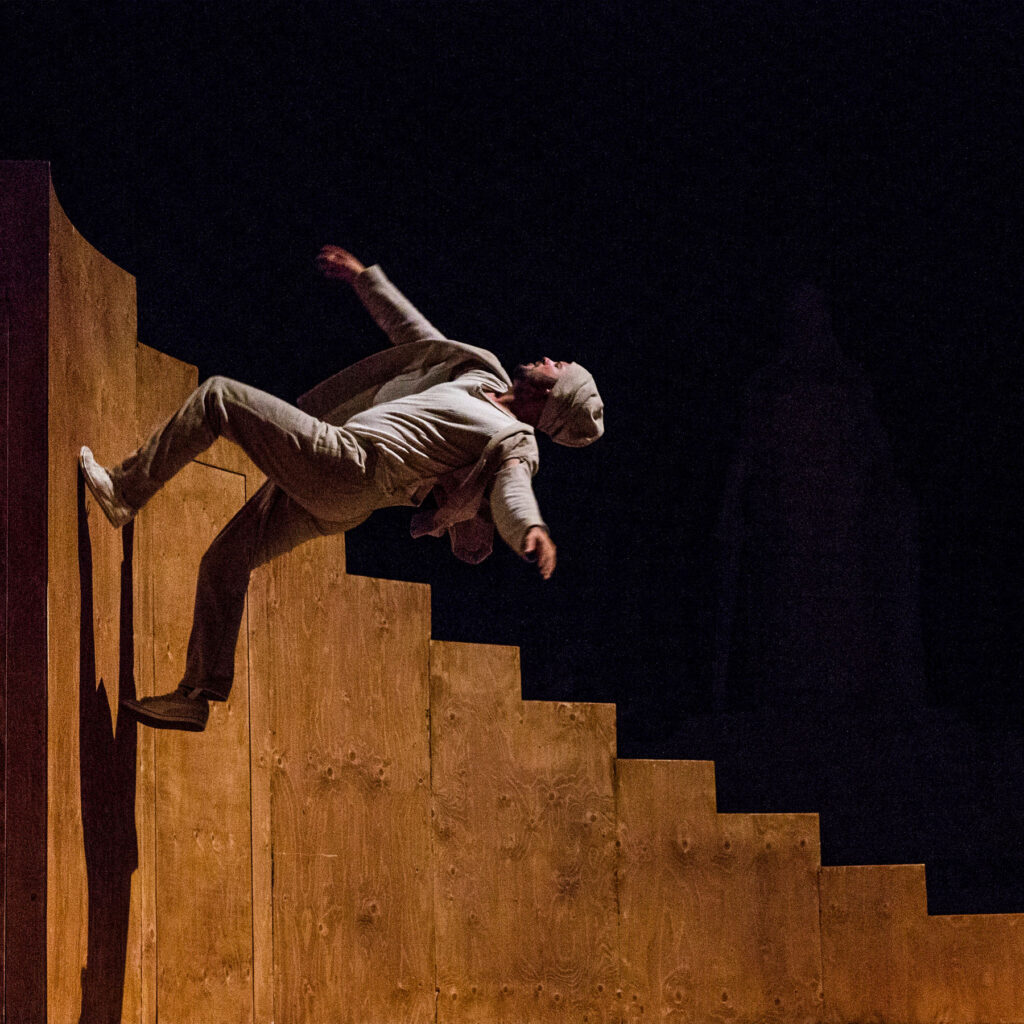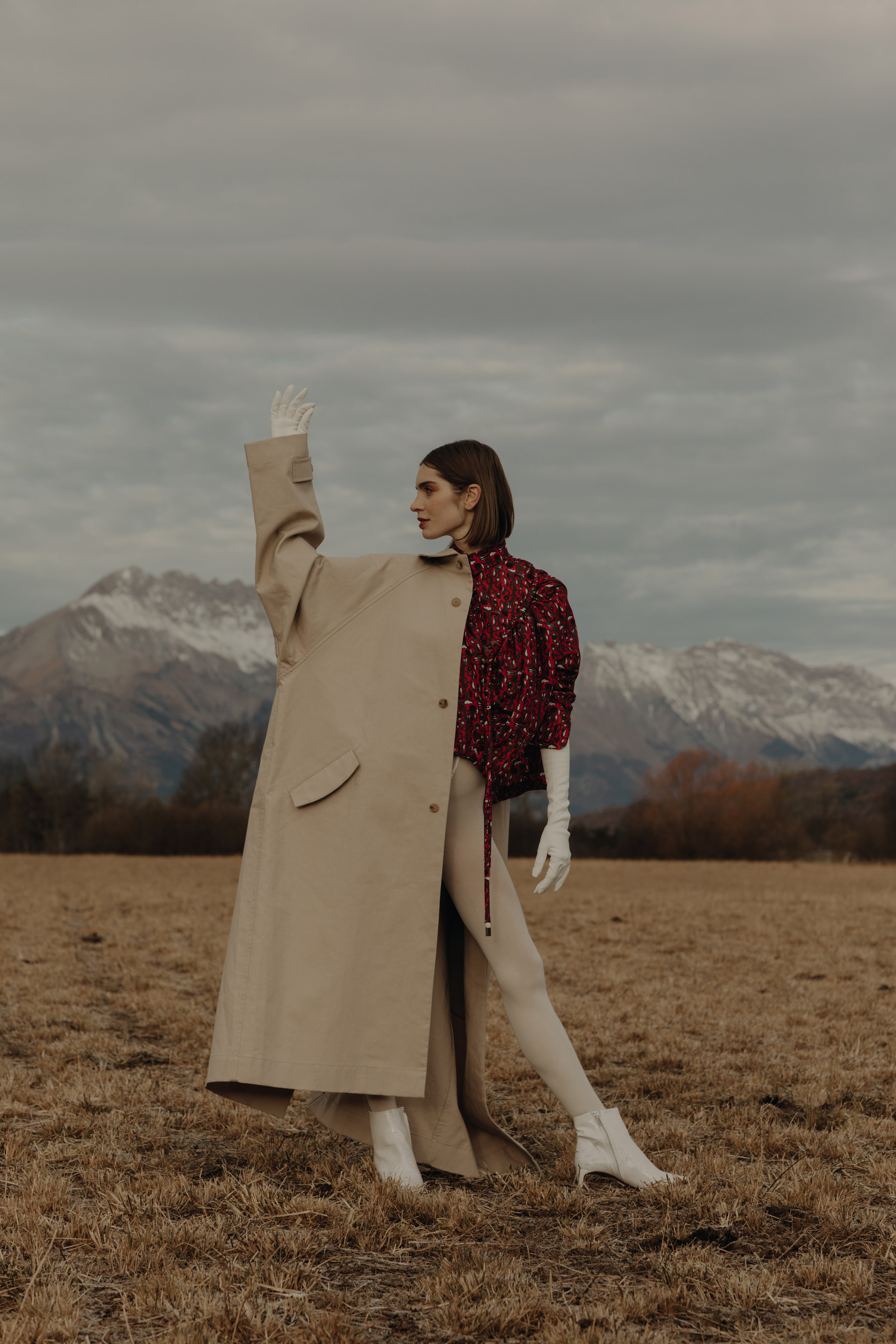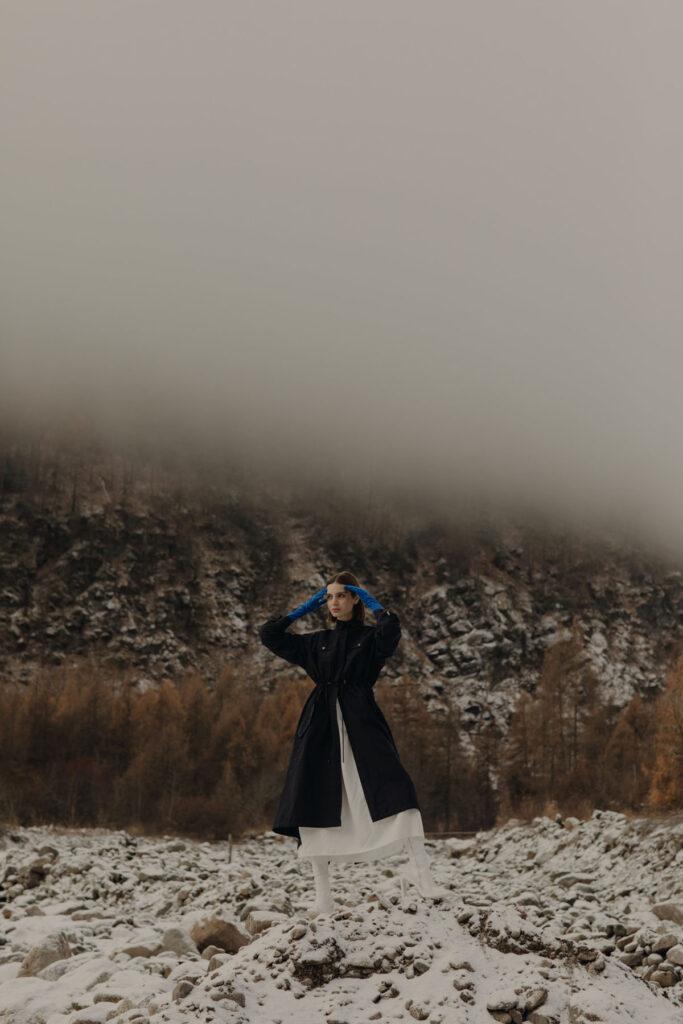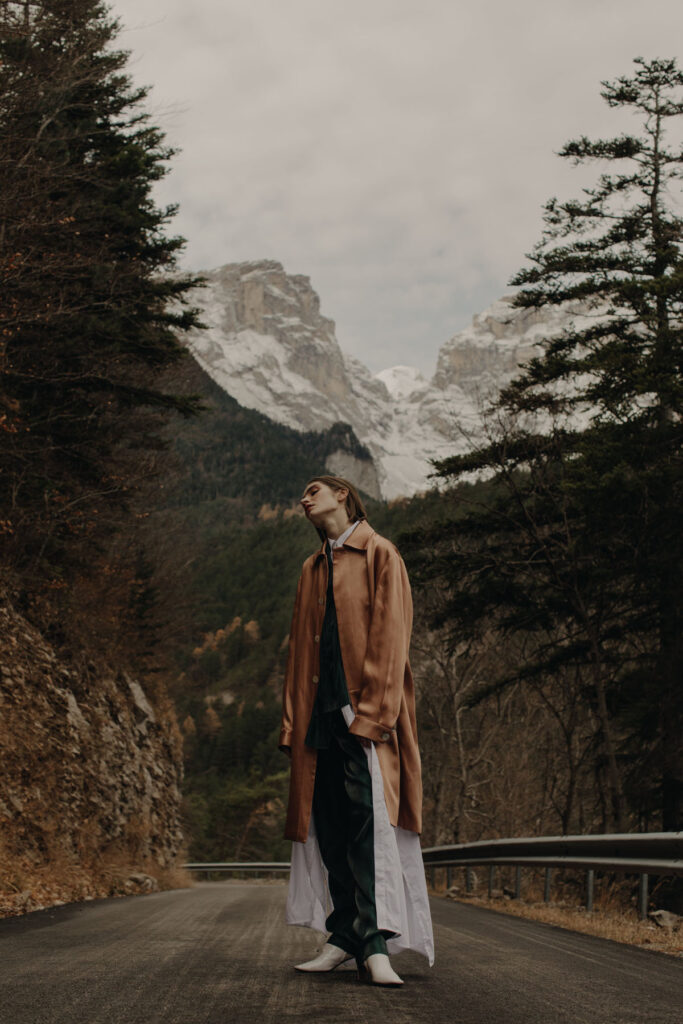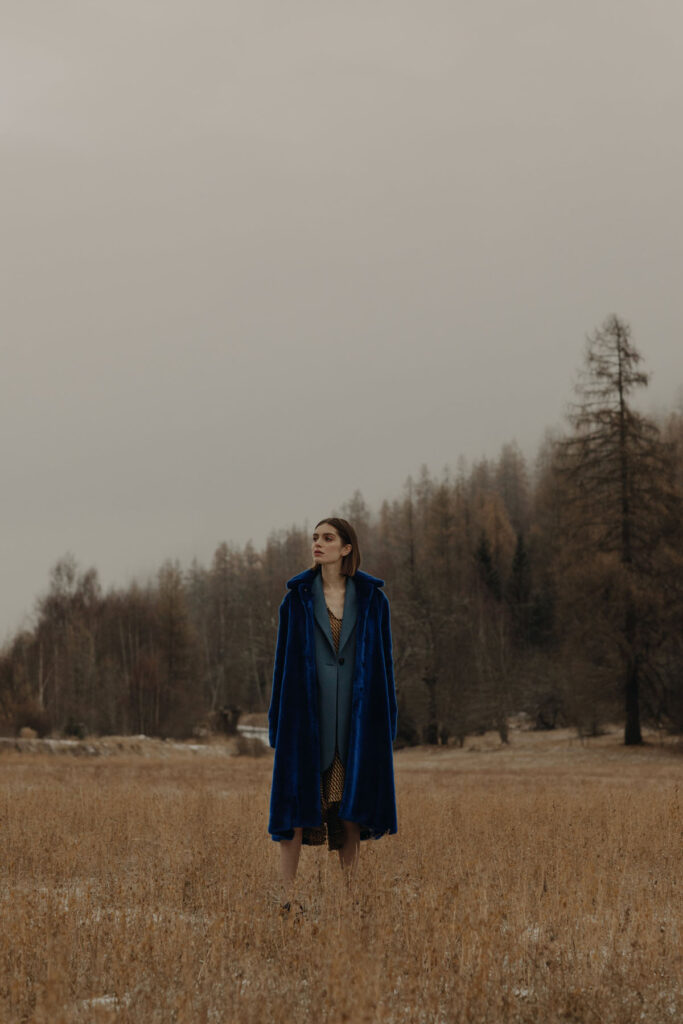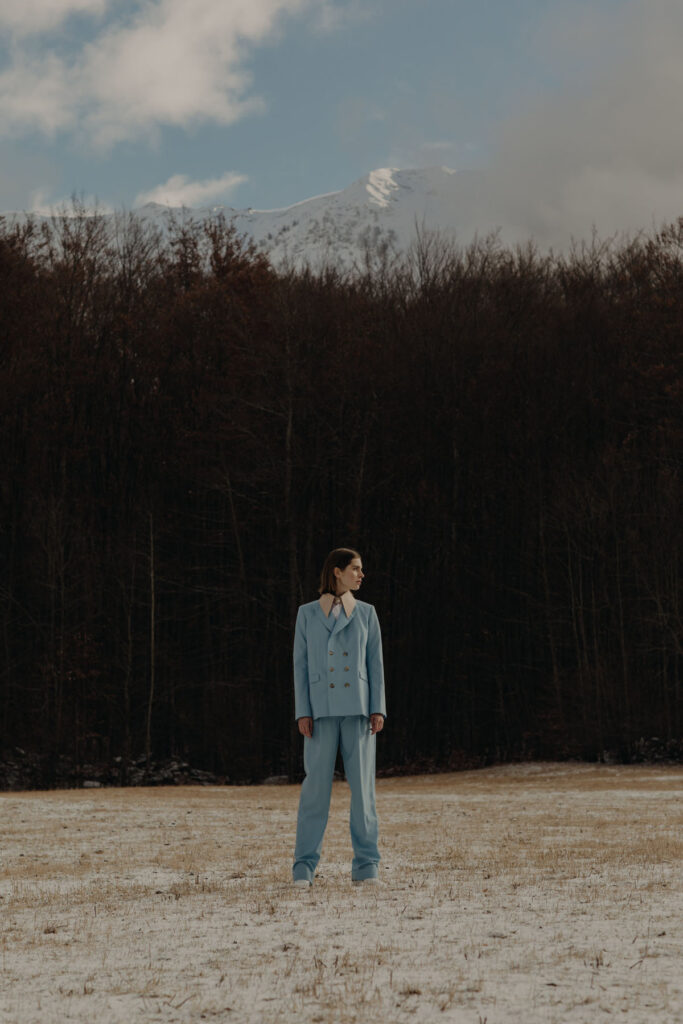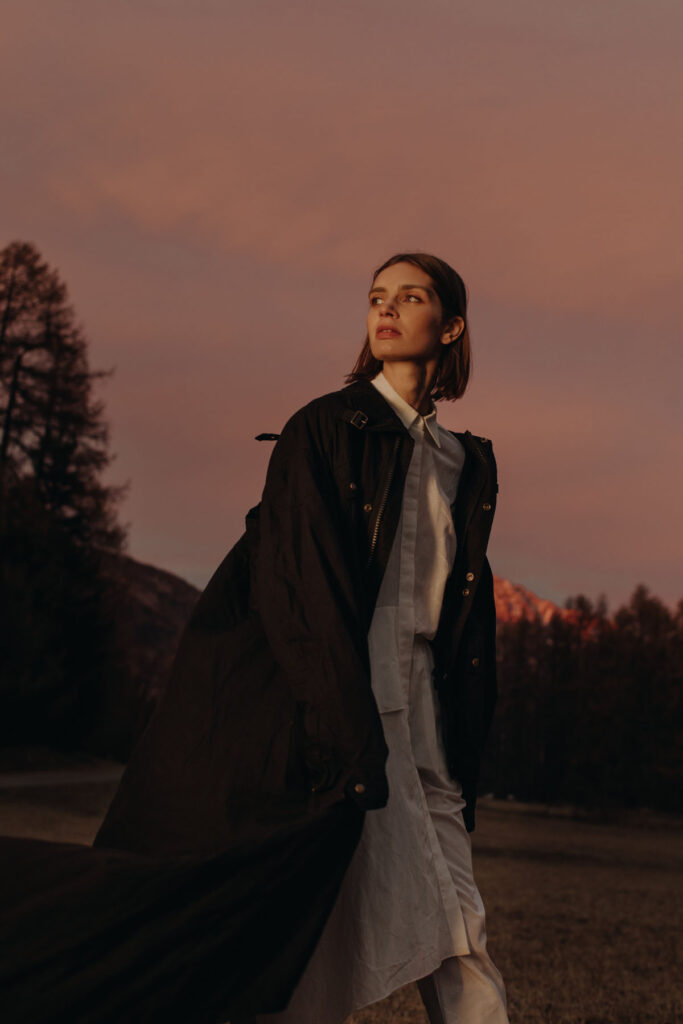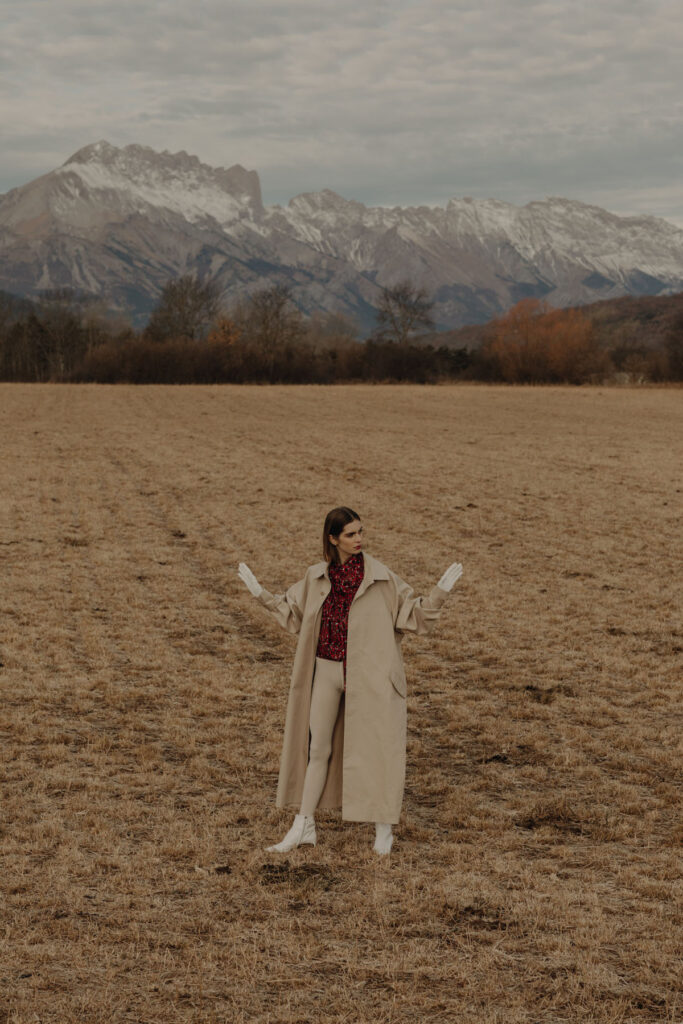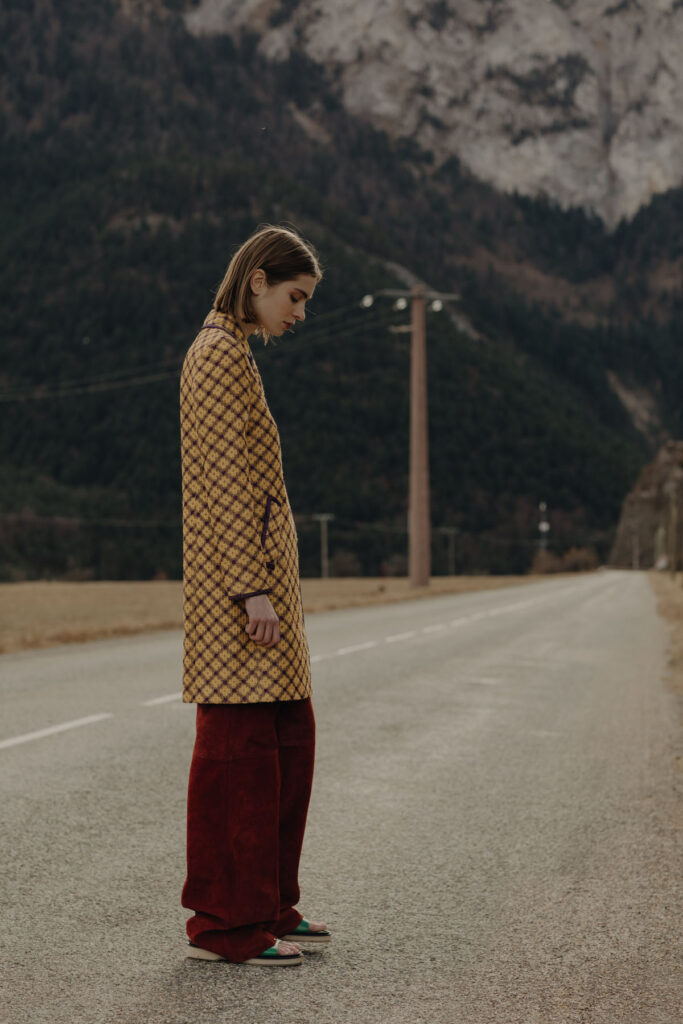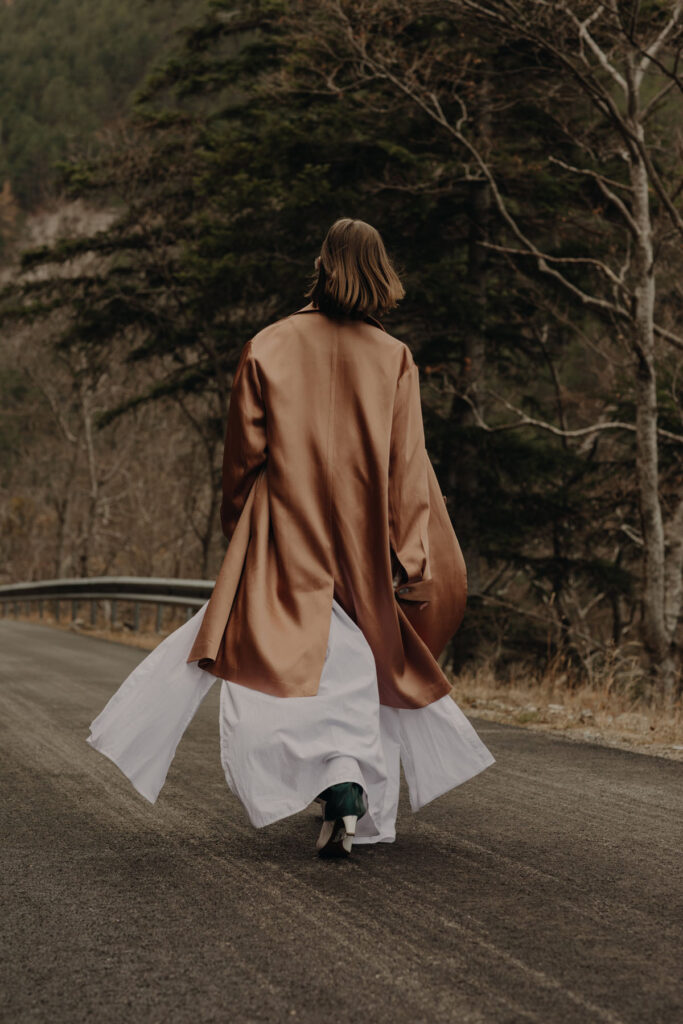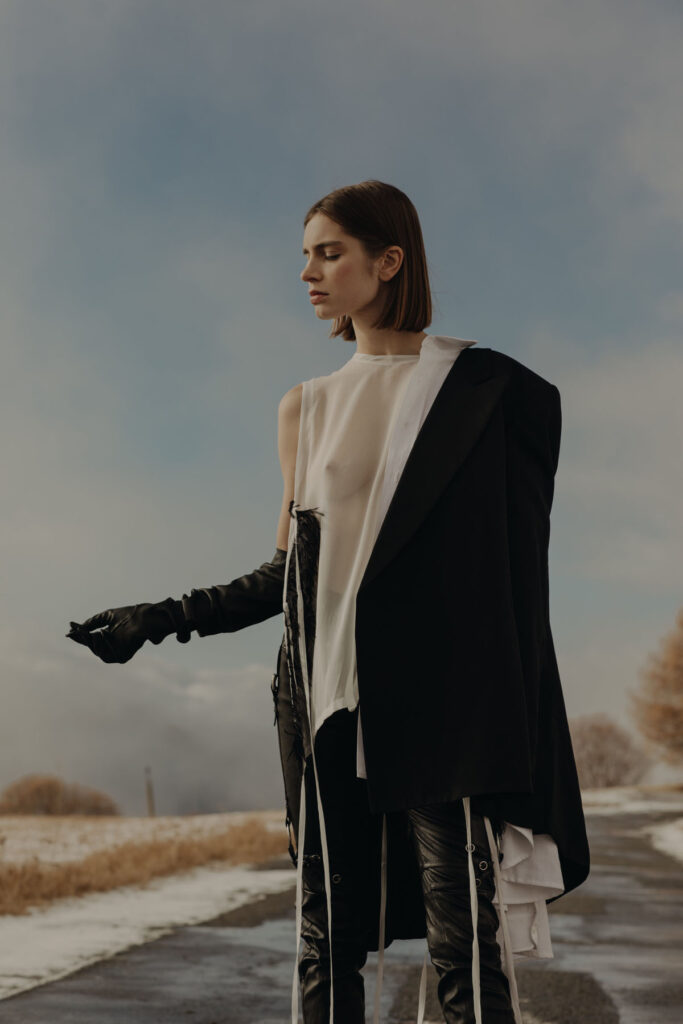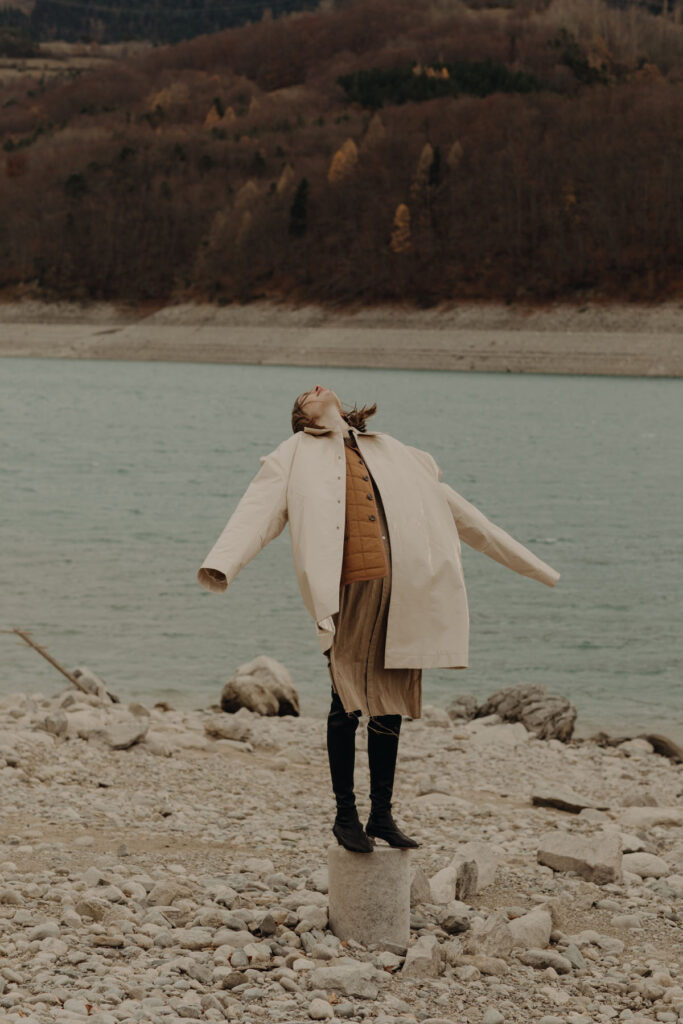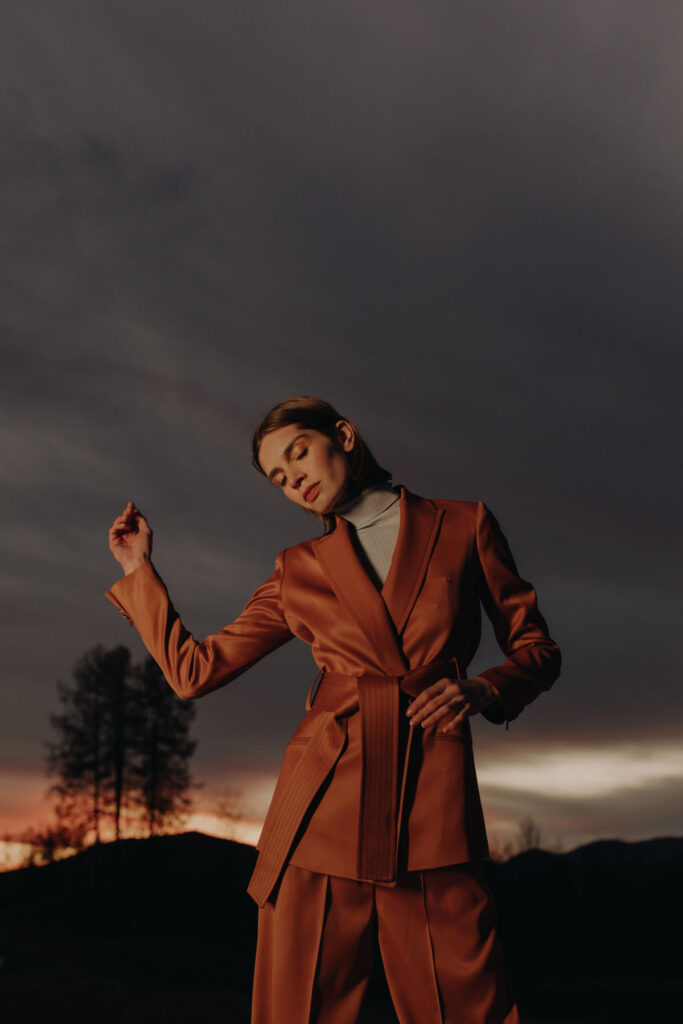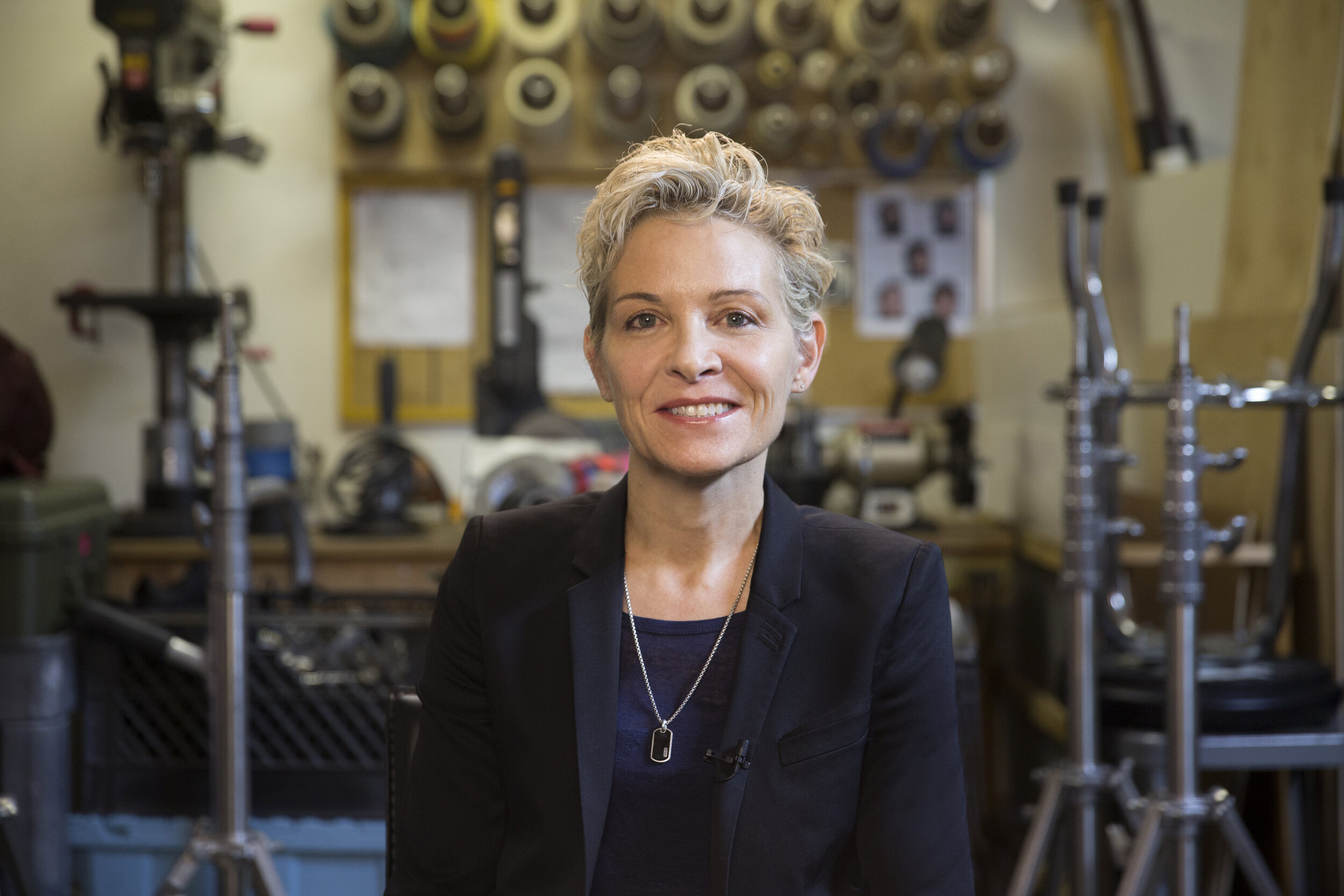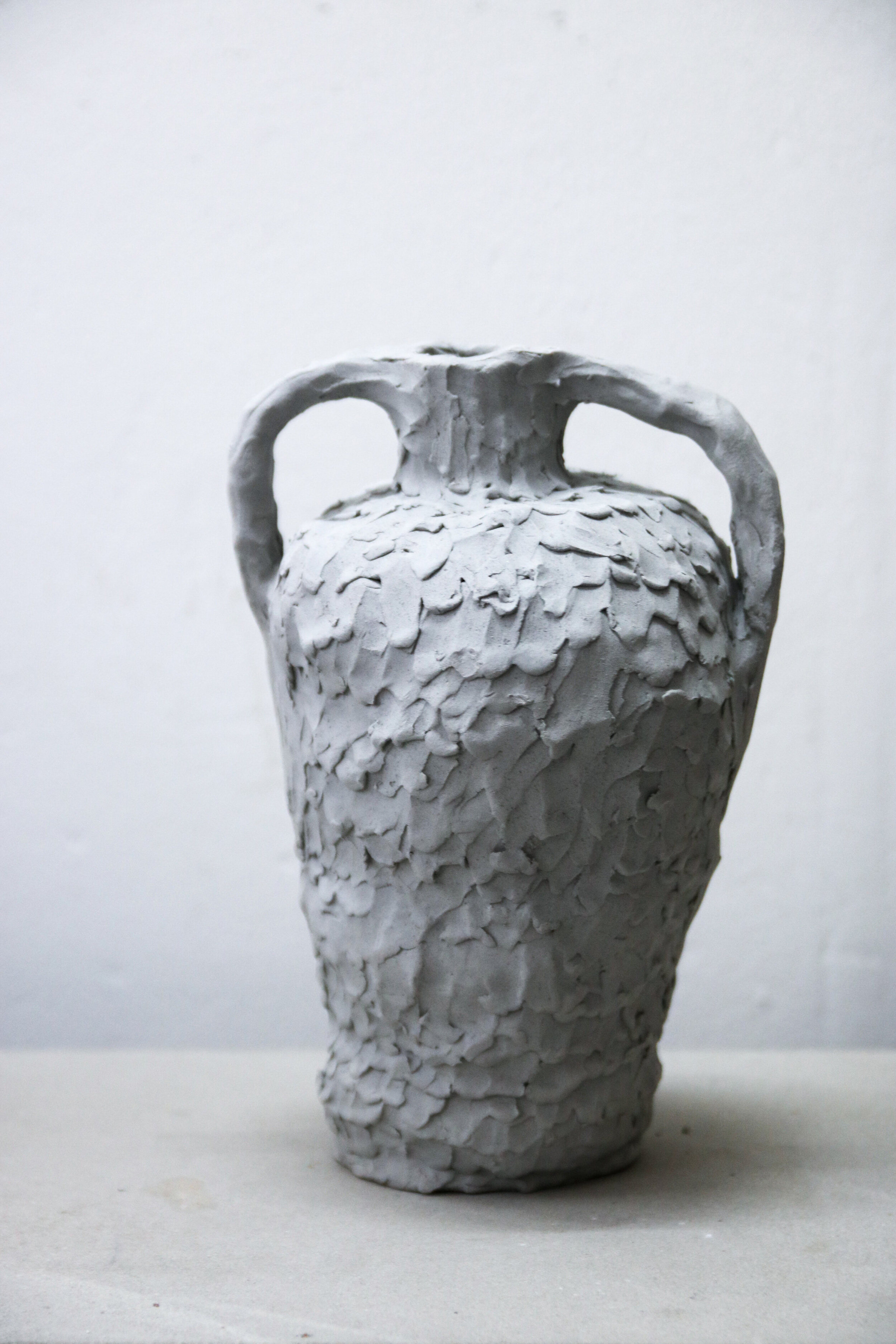
“Say no: say no the market, say no to people, not just following along”
Growing up in Copenhagen, Frederik Nystrup-Larsen was surrounded by the principles of design. ‘I thought I was going to be an architect because that was the most prestigious and important thing you could do’, he explains. But, when, as a young teenager, he realised that this would involve a lot of technical drawing and ‘sitting in an office’, his ambitions shifted towards becoming an artist. An awareness of the uses of space, and the ways in which users interact with their surroundings, nonetheless underpins Frederik’s work. The installation of much of his work, whether sculptural or more performance-led, is shaped by its siting and the ways in which people respond. Those factors are no more present than in last year’s Off Licence – Cash Only, a project with long-term collaborator, Oliver Sundqvist, in which sculptures of everyday objects were made out of found trash and papier-mâché, and sold at a pop-up shop, priced according to their retail value at that moment. If Off Licence – Cash Only was, as Frederik suggests, an ‘analysis of consumerism’, the importance of having a critical approach is key. And, on the day we speak, the innerworkings and underlying motives of the art world is something that has overshadowed the importance of integrity that appears to push Frederik forward. Last year’s installation, How to Build a Blanket Fort, designed in collaboration with Sundqvist for the Tuborg Lounge at Roskilde Festival, presented Frederik with an unfamiliar set of challenges – mainly, designing a space from London, to be installed by a team in Copenhagen. ‘It becomes about communication; how good are you at saying what you want to have made and what is the result of that?’ But, it seems, the result was more than he bargained for, where the reality of commercial involvement (and ensuing ulterior motives) have jaded his view of an otherwise well-received project. The tensions between art and critique are extended to the materials that Frederik uses; the Eros Torso vases, repurposed single-use plastic containers, have been latched upon by certain fashion brands keen to champion the importance of ‘sustainability’. Yet, as Frederik maintains in our conversation, neither he nor Sundqvist vocalise the fact that most of the materials they use are recycled; ‘it’s not a selling point’. Rather, he continues, ‘I think it’s irrelevant, I think it’s something that is necessary and everybody should just do it.’ Across the various mediums that Frederik’s work takes, there’s a quiet emphasis on organic matter, which in turn, translates into a necessary critical engagement with the world around us.



How do you anticipate the way people might interact with your work?
I think I’m quite open to it, for sure. I mean, a lot of the work is made for interaction; that’s an important part of it. But it’s also always quite interesting to observe how people act around things. When we did the Off License – Cash Only project, when people started coming in, there was a line for the opening of the store and, in the beginning, people would go up to the counter and say, ‘I want that piece’, and the store clerk would say, ‘Just take the piece and come pay for it’. Then, people in the shop realised that that was the whole point, so people just started to grab things, and they would just be holding like five, six pieces to reserve them so nobody else could take them. That whole thing was kind of funny, and interesting, and it obviously worked as a critique of consumerism. People bought the cheapest stuff first, and then it went from there. So it was this analysis of consumerism.
I read that you were planning on doing Off License – Cash Only in other cities as well, is that still your plan?
Yeah, for sure. I mean, I don’t think it’s going to be in the near future – maybe next year. The work was extremely fun to make – I really enjoyed it – but it was also a case of, when you sell a piece of work for £1, you don’t earn any money. So, it’s more of a fun project, that you can’t do all the time, because you can’t really live…


I read too that you bought fake followers for the Off Licence Instagram account: How did having an Instagram account for something like that work? Did people realise what it really was, or?
No, I don’t think anyone really noticed it. I mean, I had a couple of people asking like, ‘How did you get so many followers?’ But what I saw was that, when the Instagram had so many followers, a lot more people started following it just because it had a lot of followers – which is obviously how things work, with algorithms and stuff like that. But I was like, really? That that amount of followers becomes this signifier of authenticity – like, ‘like, ‘Oh I need to follow this as well because there’s a lot of other people following it’, but’, but it would take you five seconds to realise that all the followers are fake. When you go through the process of buying followers, you also realise how many people buy them – and I started to realise how many people actually do this, and it’s incredible. I don’t remember the number, but it’s something like 60% of all influencers have bought followers, so it’s a big thing.
How did you get involved with the kind of materials that you use in your sculpture?
To be honest, it probably begins with the fact that, if you want to make big things and don’t have any money, how can you actually do something for nothing? Especially with the Off Licence – Cash Only project, which is made from trash found around London – we weren’t going to spend any money on that because we were going to sell it for nothing. The Eros Torso vases was a similar situation, using found plastic barrels. I mean, I’m not saying I’m going to do this forever, but I like to think about where stuff comes from. It’s also about the concept of the work, and that the concept fits together perfectly with the materials.


You’re in your final year at the Royal College of Art – has that experience impacted on the work you’re doing outside of the Masters?
Yeah, quite a lot I think. To be honest, I haven’t been to school a lot because I’ve been busy, and I’ve been sad about that because the whole point of going was to have time to reflect and develop my practice. So for this past year, I’ve been spending a lot of time thinking and not necessarily producing, which is good because I came to the MA confused about what to call myself, in terms of the work and myself as a title. I think doing an MA in sculpture makes it easier because that’s sort of the label; sculptor. Also, London is extremely different to Copenhagen, and that’s been great. Coming from a place that has zero diversity, it’s amazing to be in London and seeing the way people work. In Copenhagen, it’s the easiest place to live – everyone’s has the same sort of ideas. So I think it’s extremely interesting to be involved in a community like RCA to see how other people are working.
A lot of your work is in collaboration with Oliver Sundqvist, have you got anything that’s in the pipeline?
Not anything I can really say anything about. I mean, I had a long talk with the V1 Gallery that I work with a couple of weeks ago, and we agreed that I will focus this half year on my Masters. For the moment, I’m really into saying no, and I think that’s going to be playing a big part in things coming up. Say no: say no the market, say no to people, not just following along…

As a young artist, being able to say no is quite a bold thing to do.
Yeah, for sure. And I think everybody should do the same because I feel like commercial partners take advantage of young artists, using them as figures that they can put their commercial work up against. For the artist, it becomes sort of like peeing in your pants – it’s really nice when it happens, and warm, and then after, it’s a reality check: you showed yourself up and nobody else of value will probably want to work with you anymore. When I started out, I was having a hard time dealing with this. And, after a couple of bad situations, I’m not going to do that again. That’s not why I’m in this game, it’s not about that.
Credits
www.frederiknystruplarsen.com
www.instagram.com/ok.international
www.instagram.com/offlicense_cashonly
Words · ELLIE BROWN
Designers
- Artemis Tears
- Floor Standing Pedestal Champagne Bucket Cooler
- Folding Electric Scooter
- Firechief Pressure Water Fire Extinguisher
- Gold Plated Family Portrait Frame
- Japanese Army Sword
